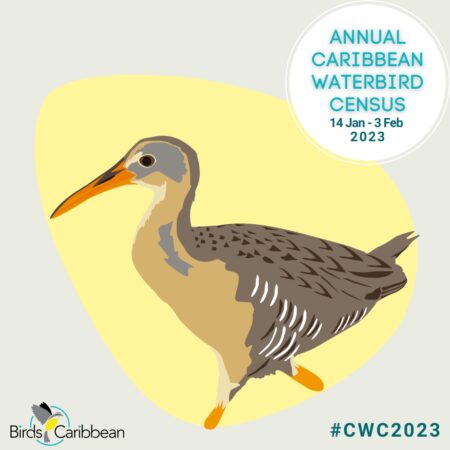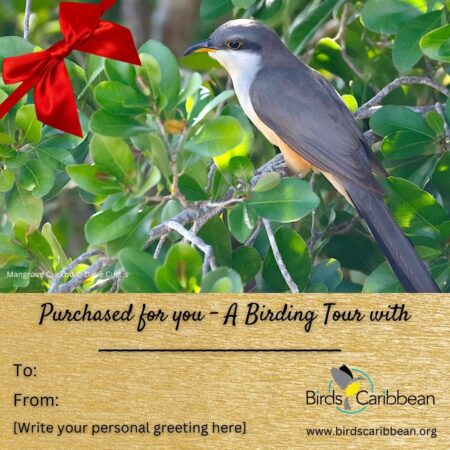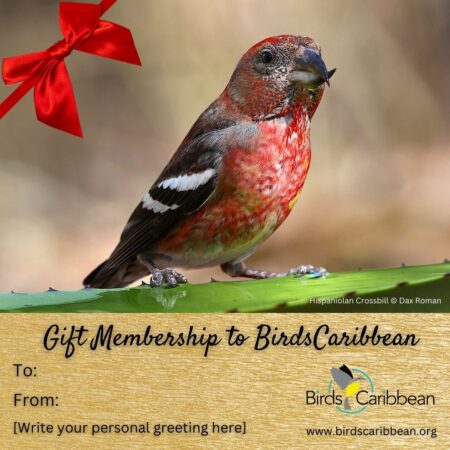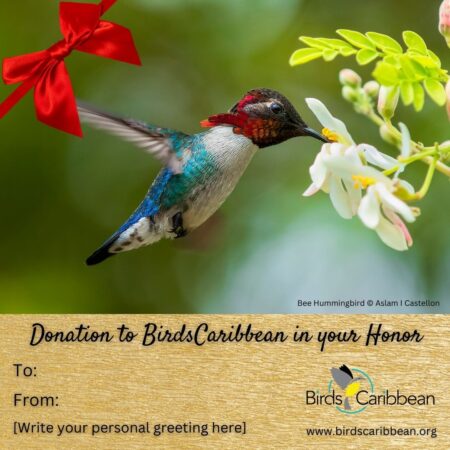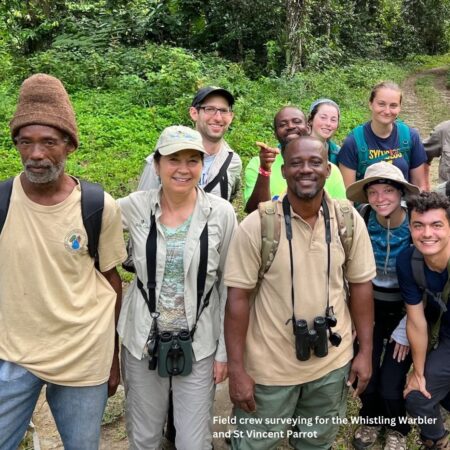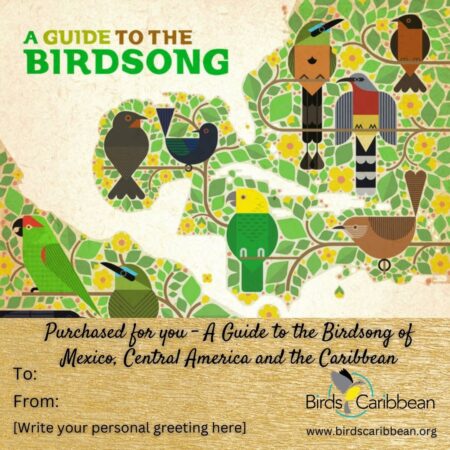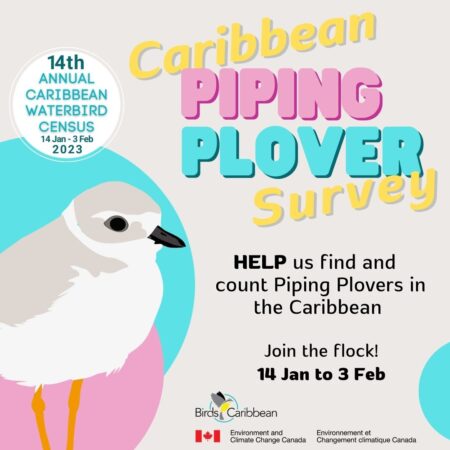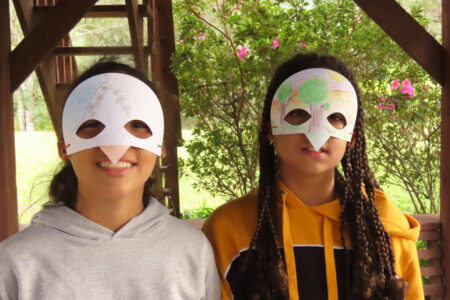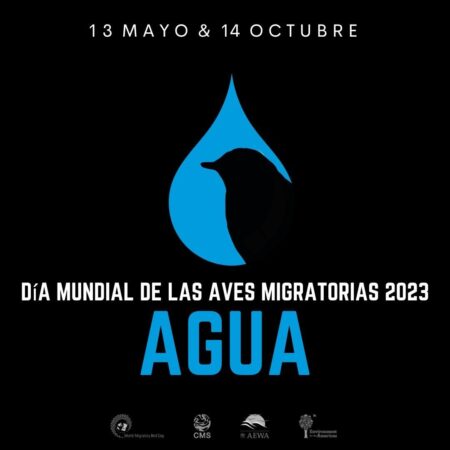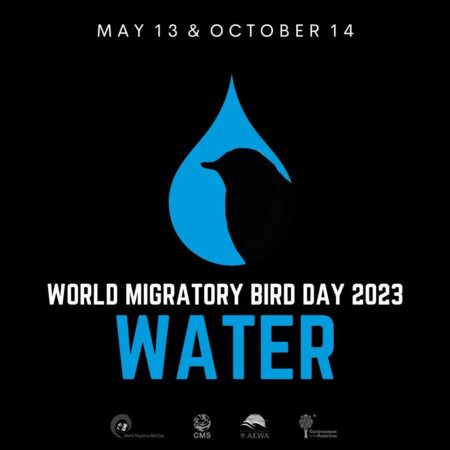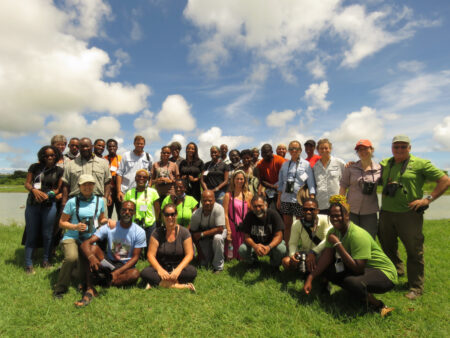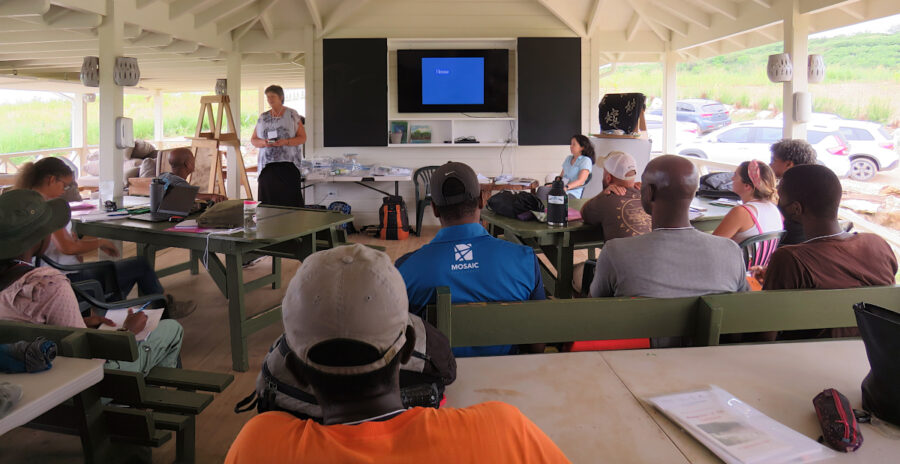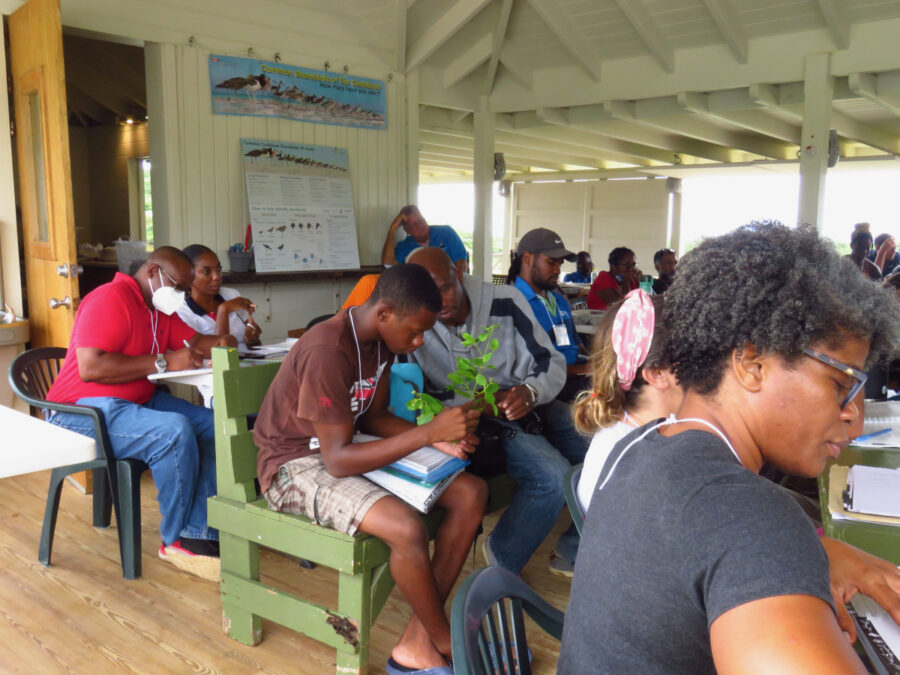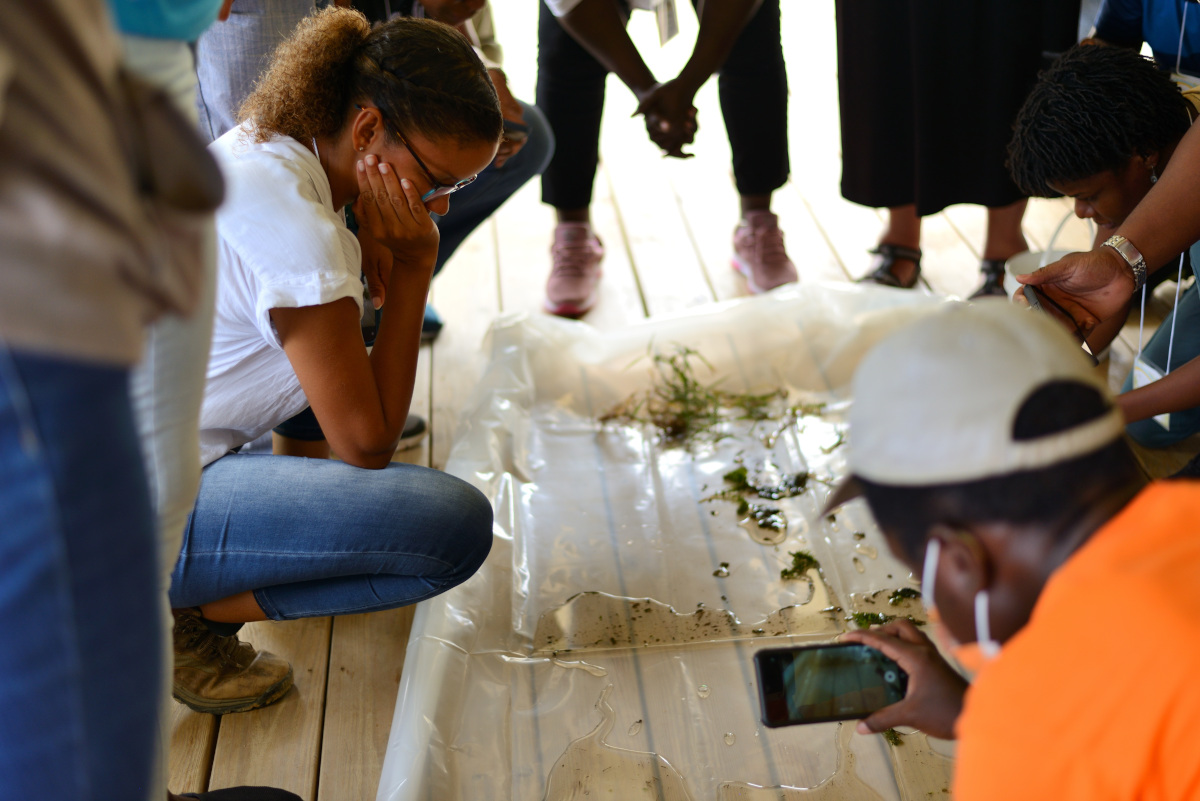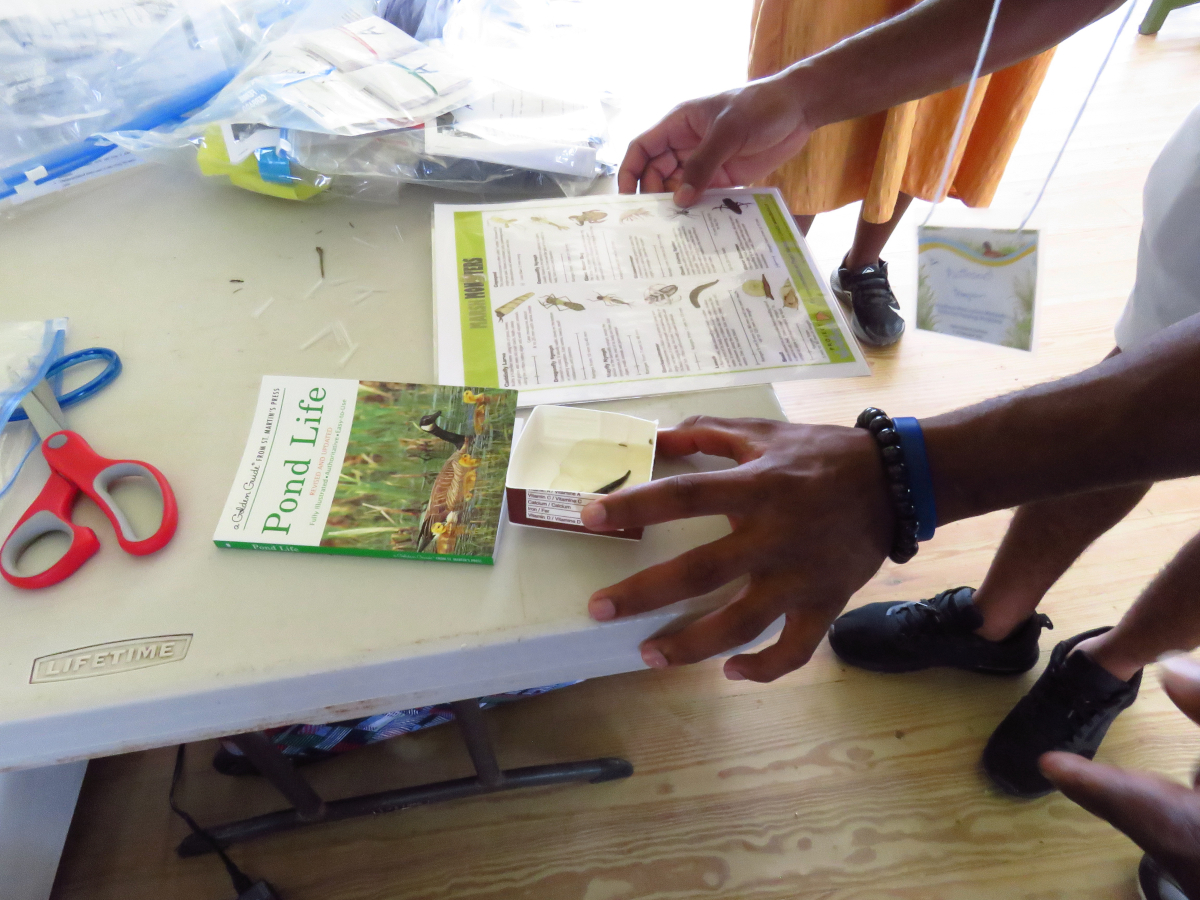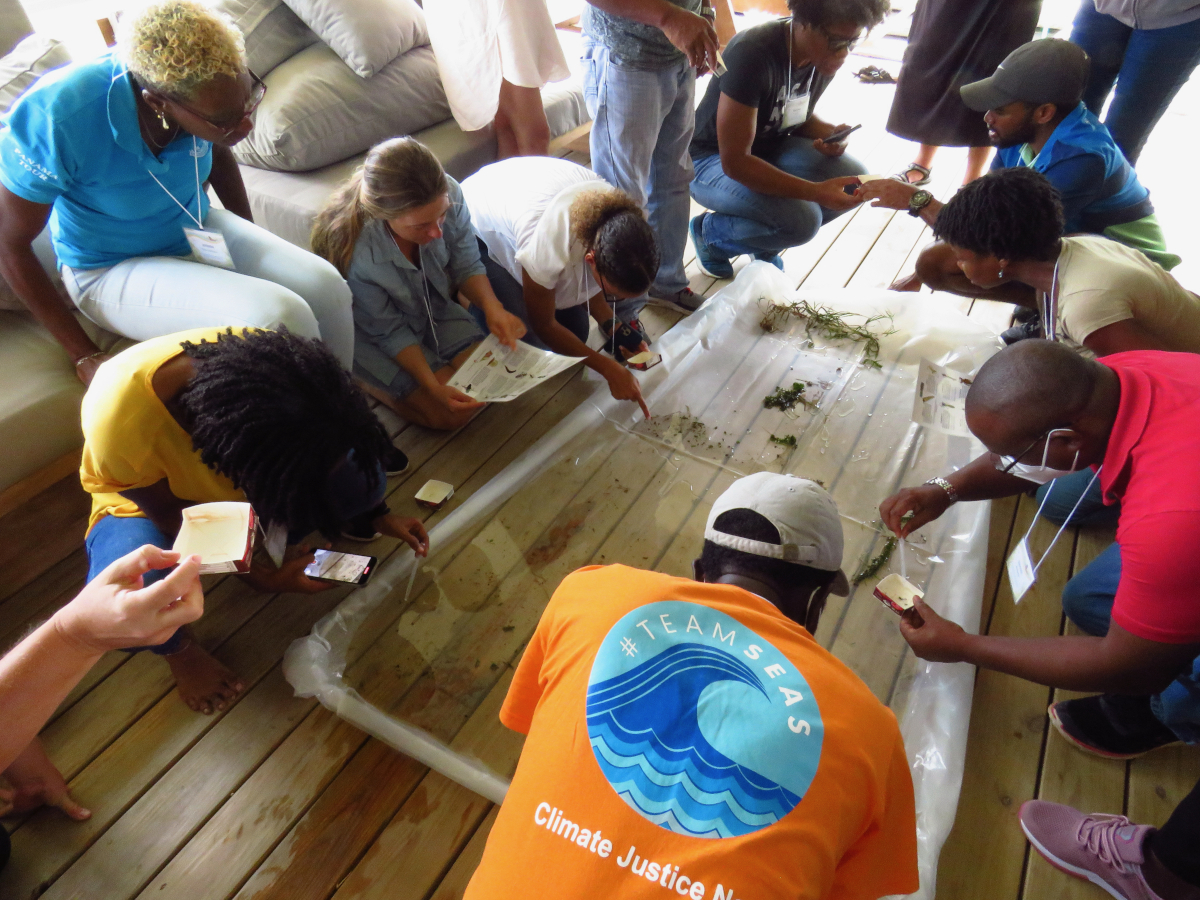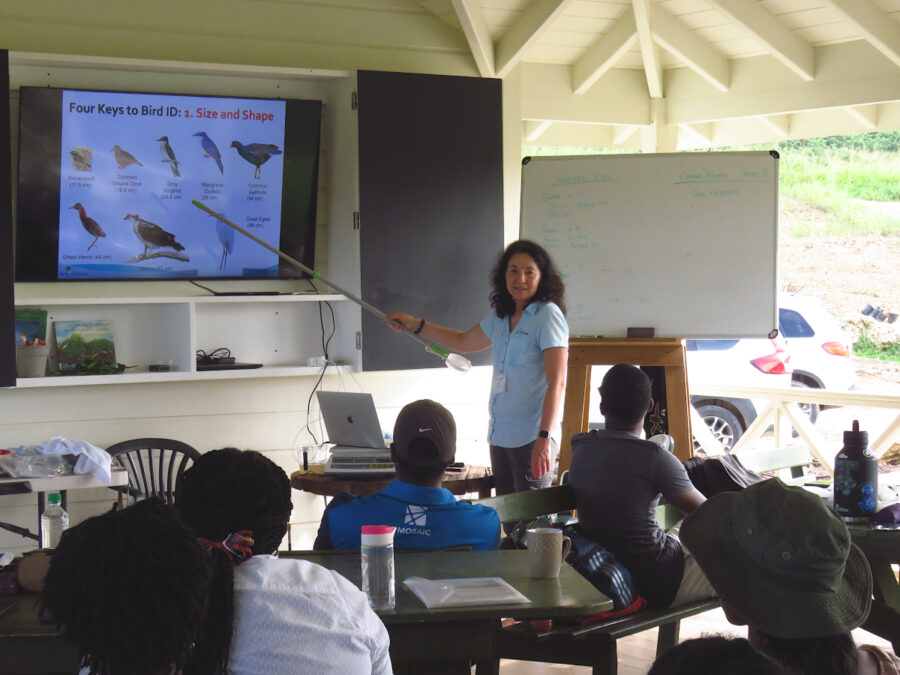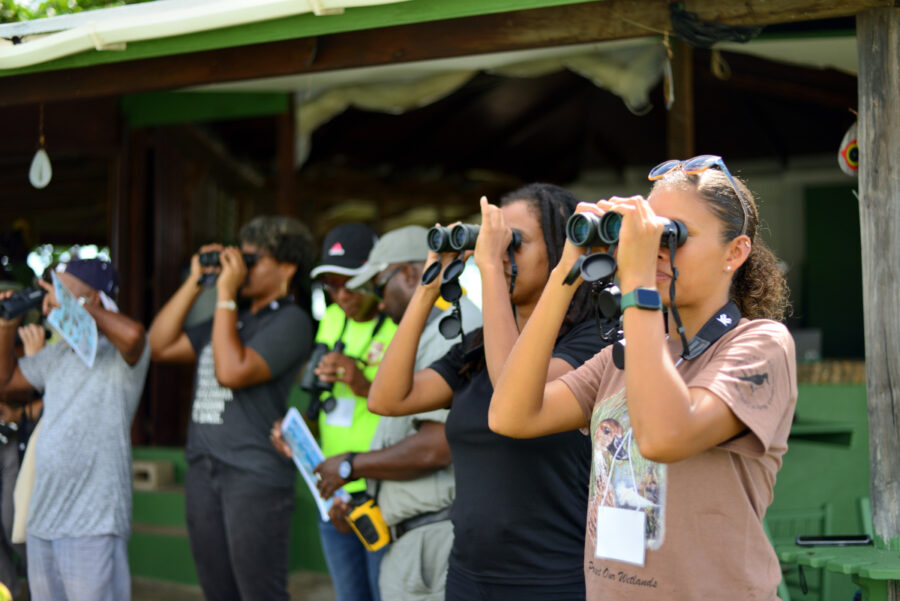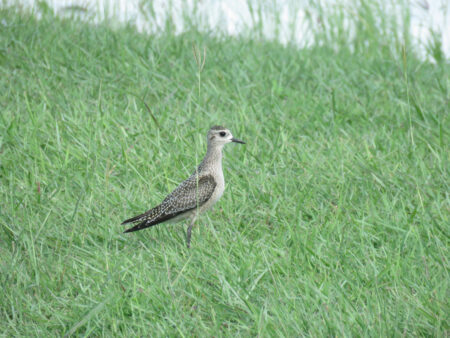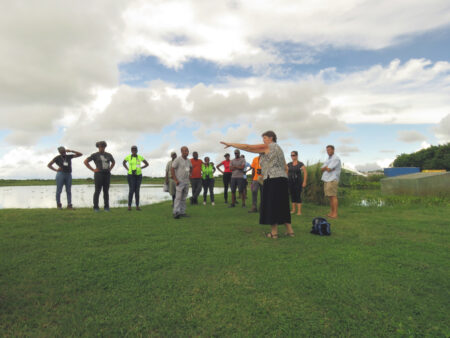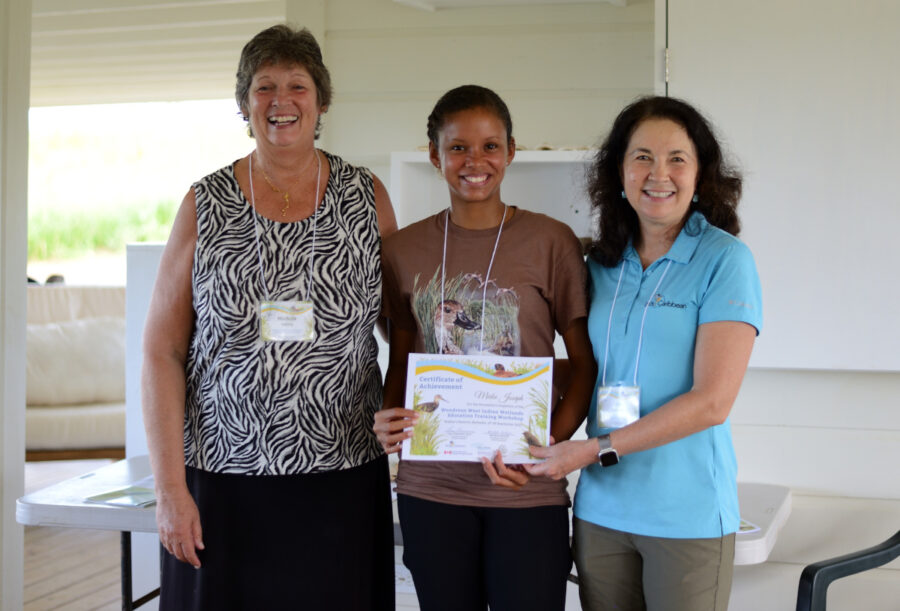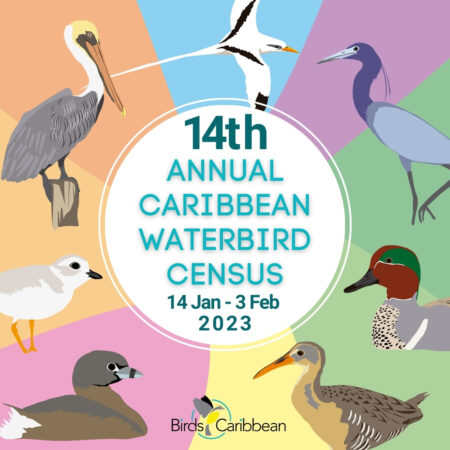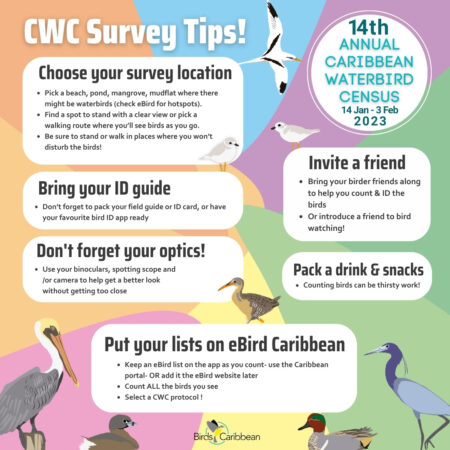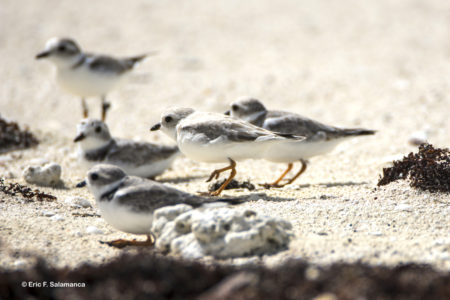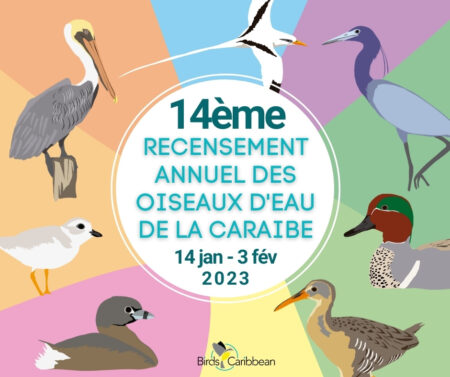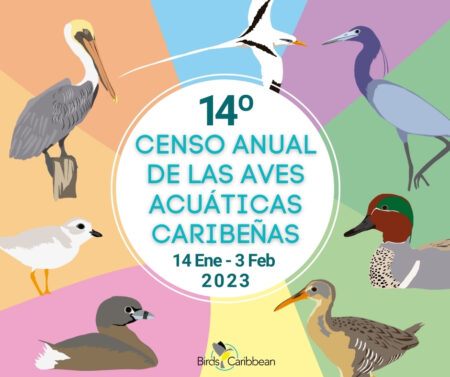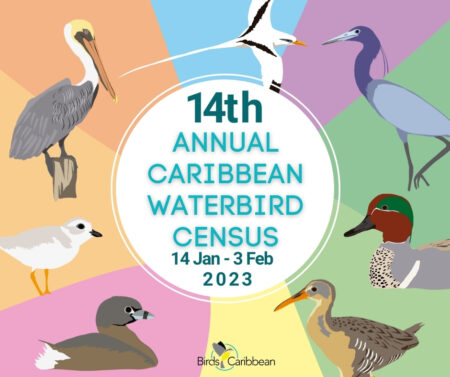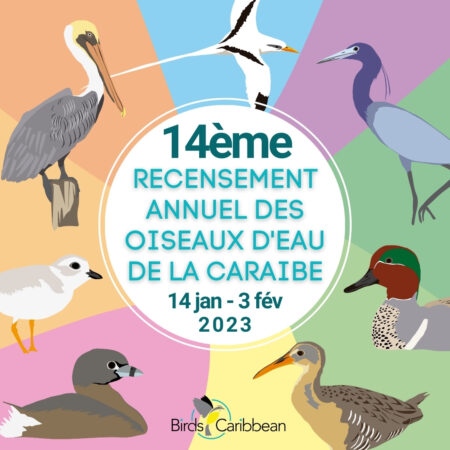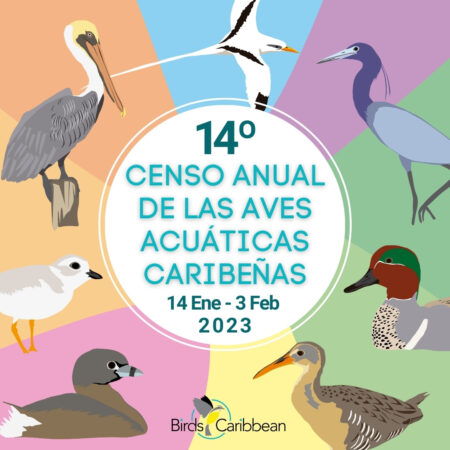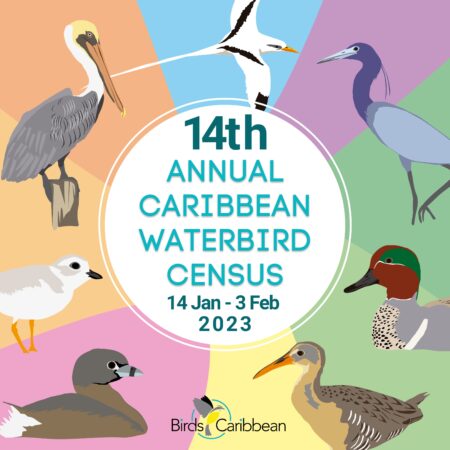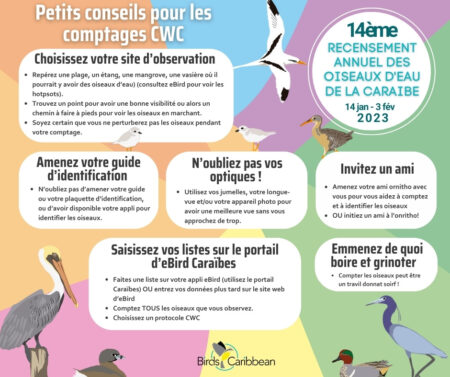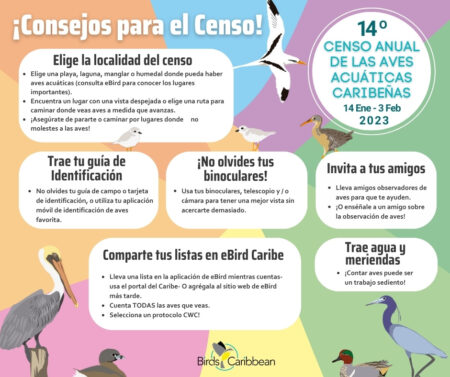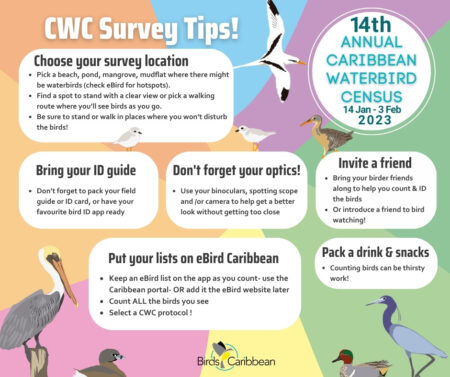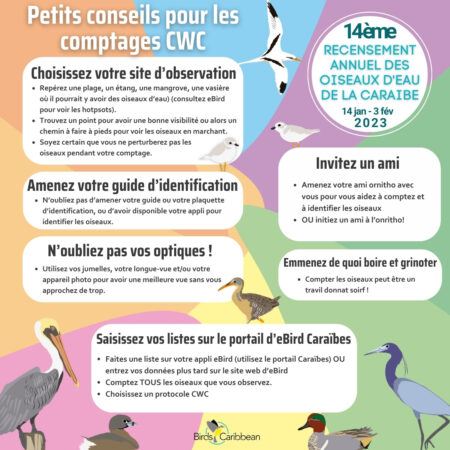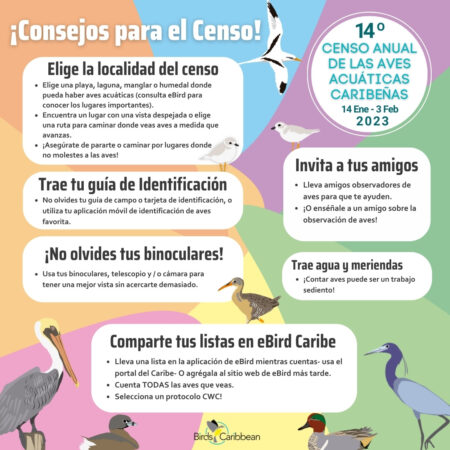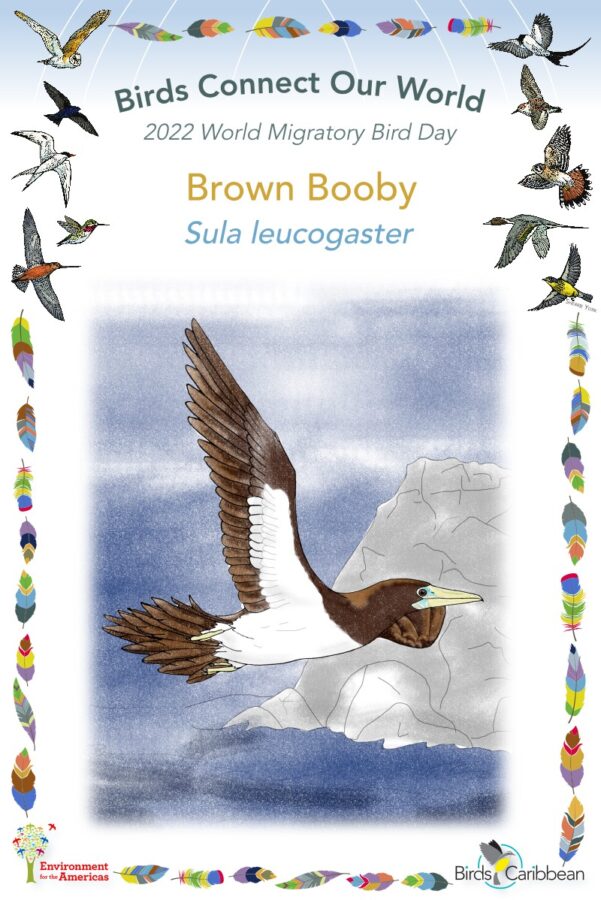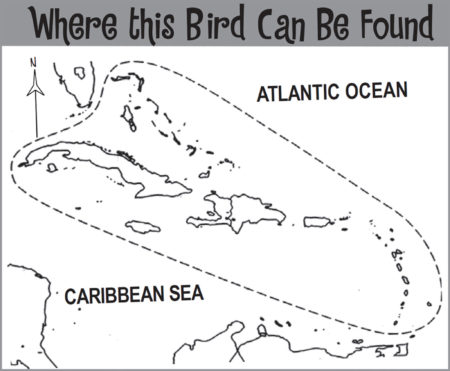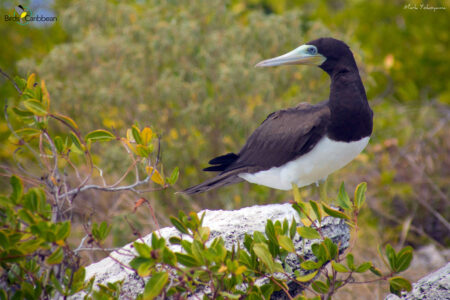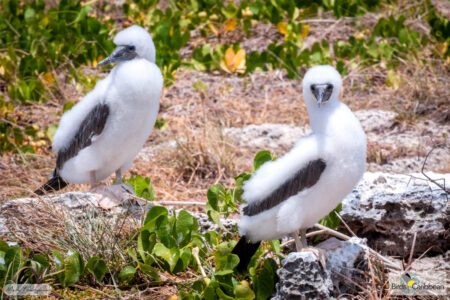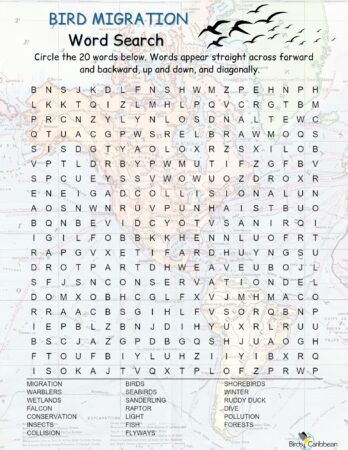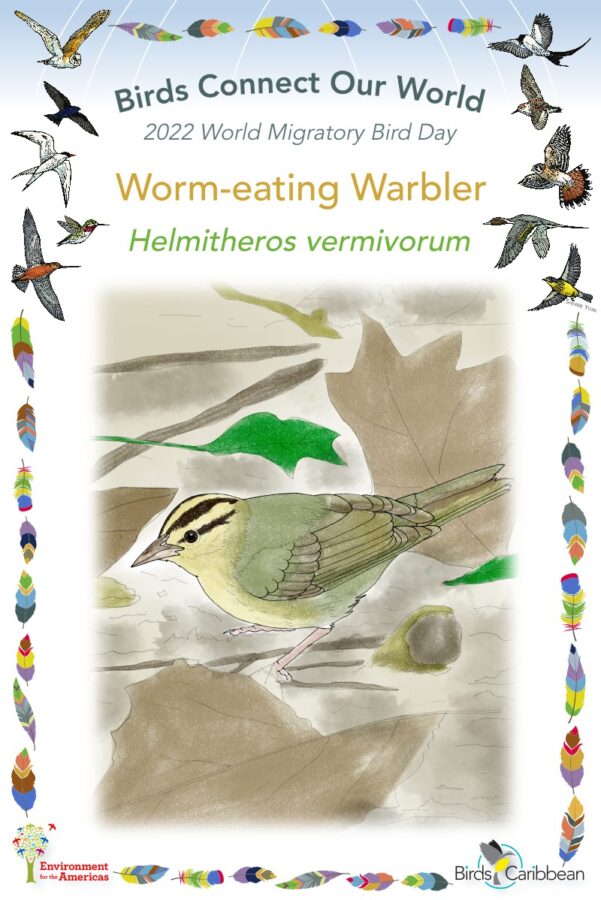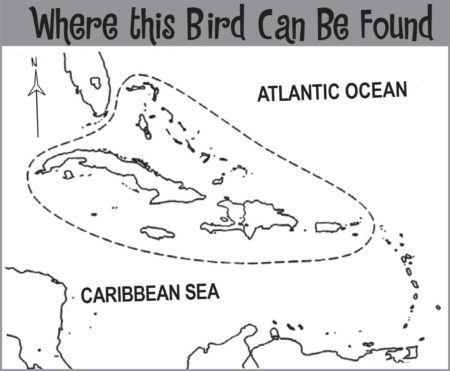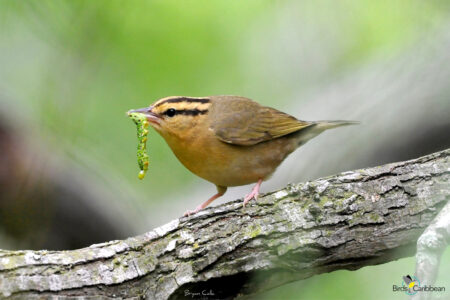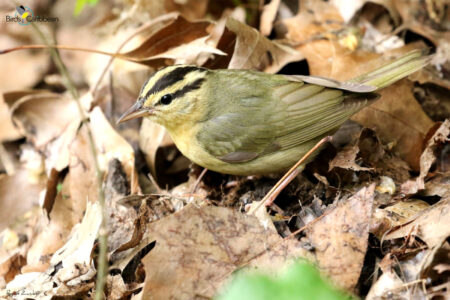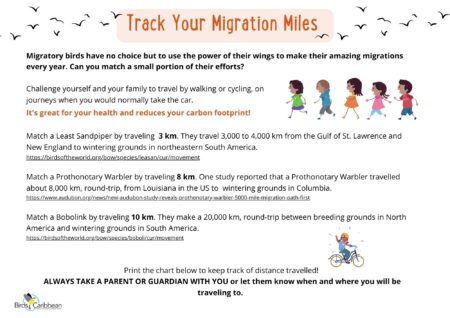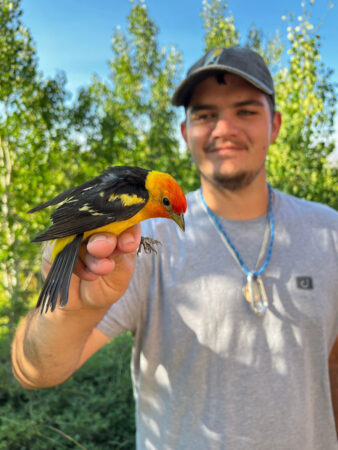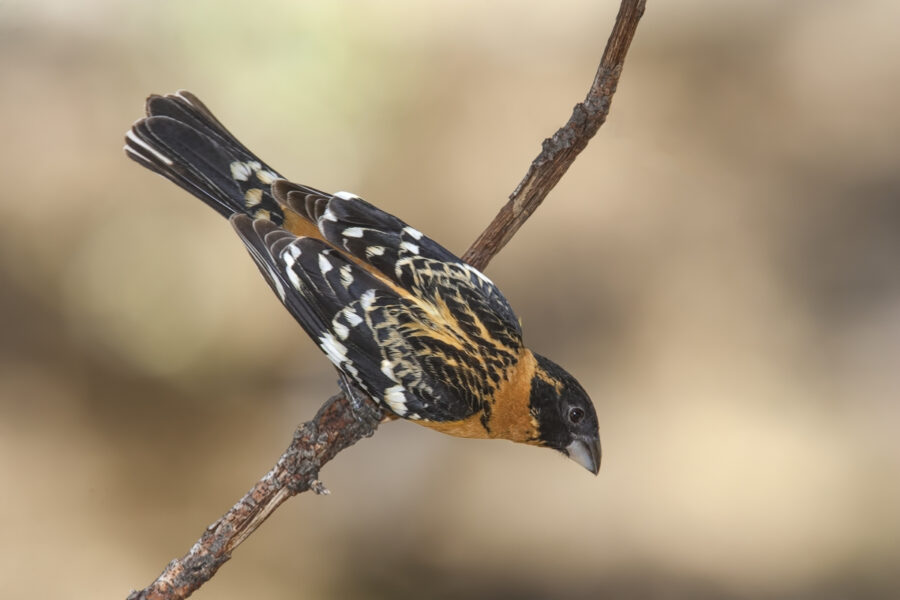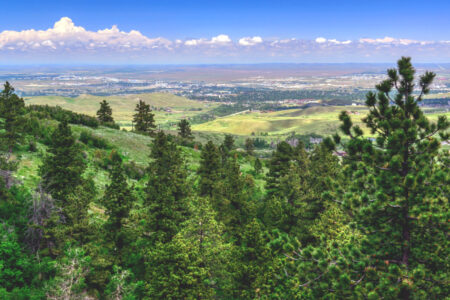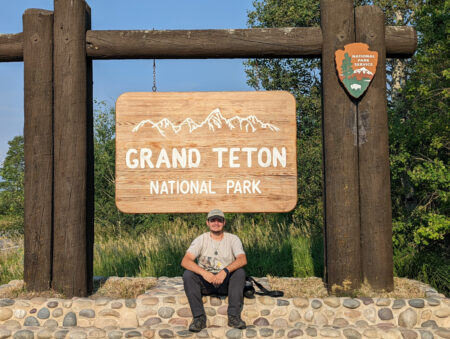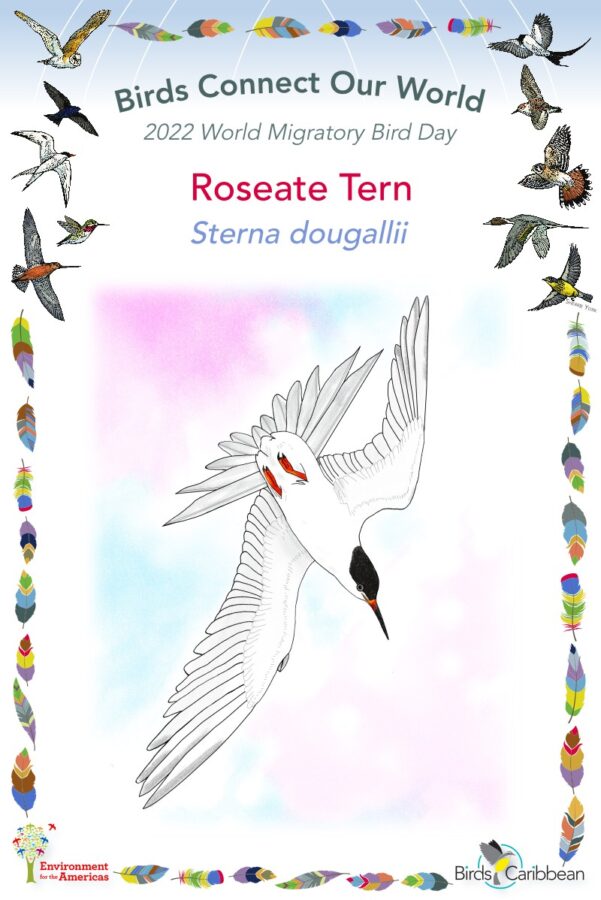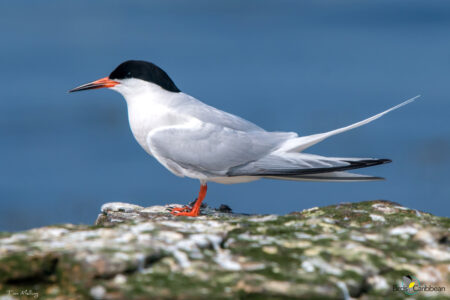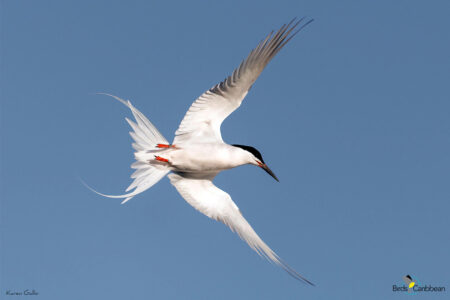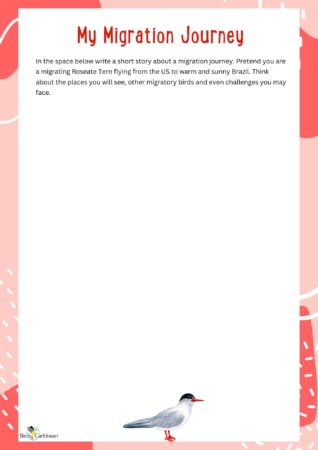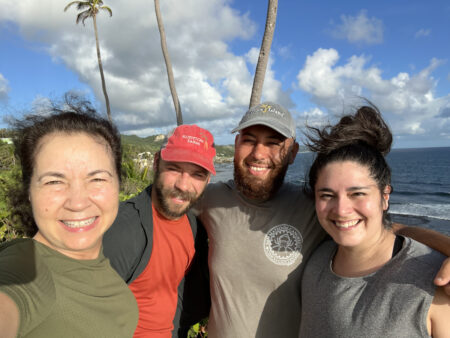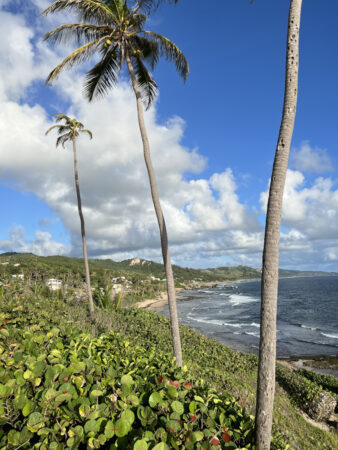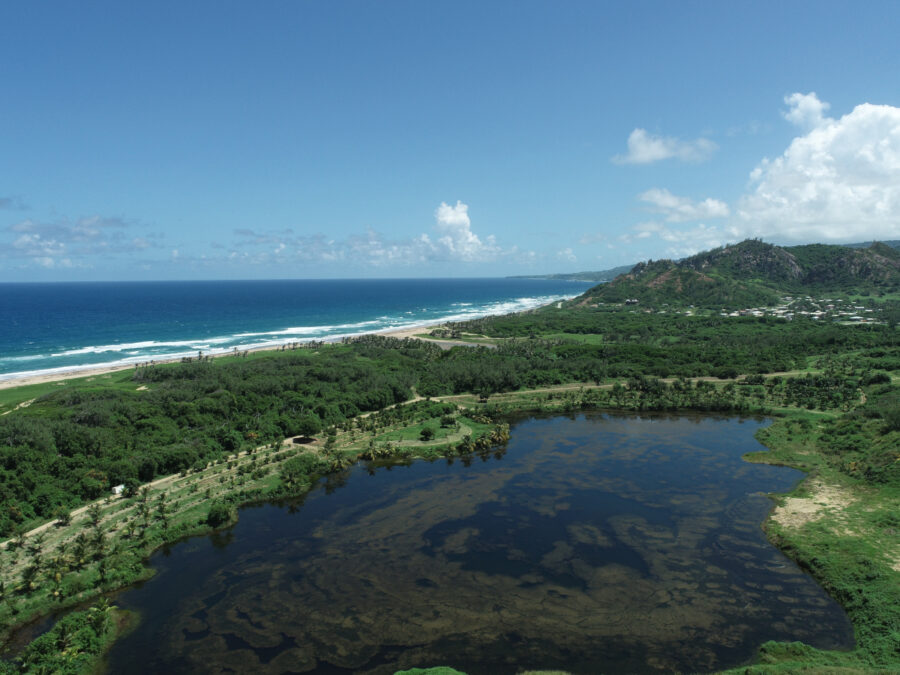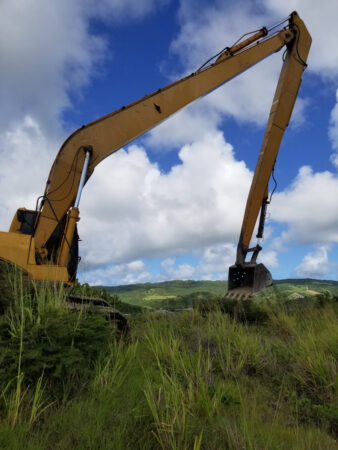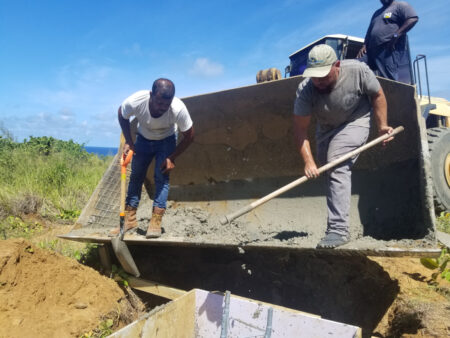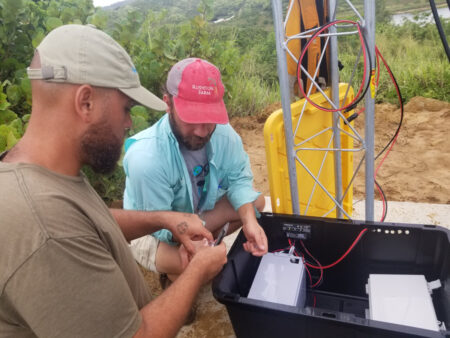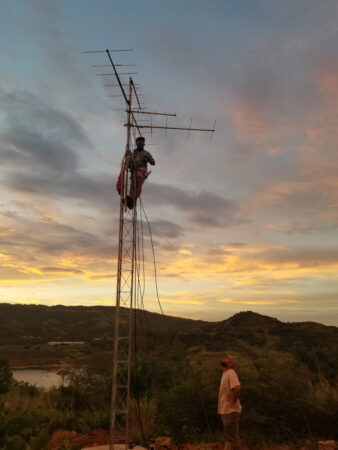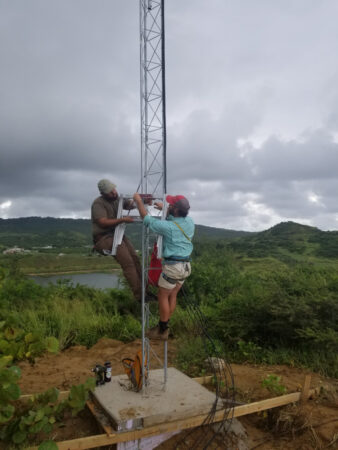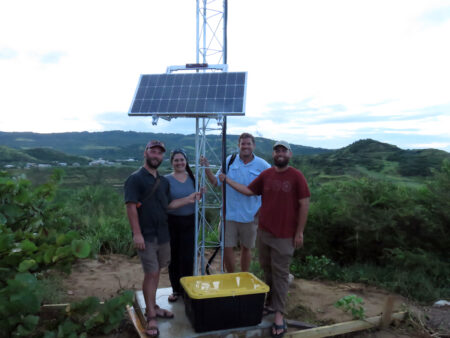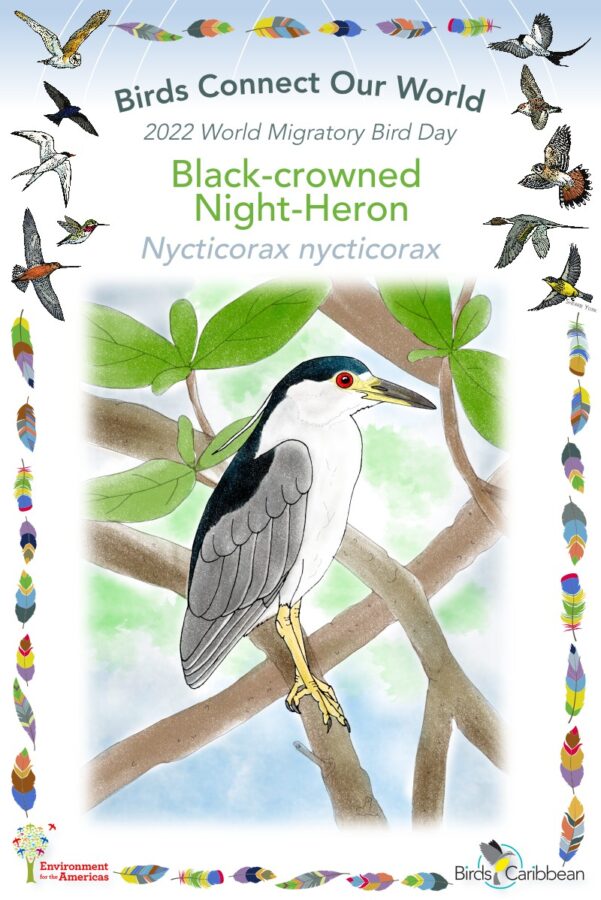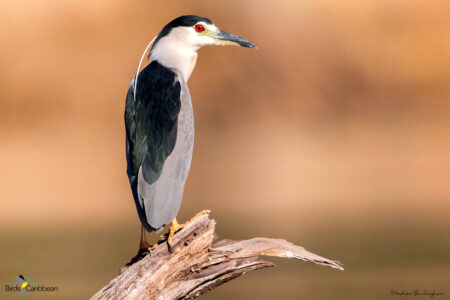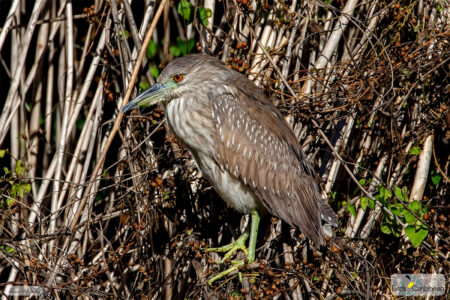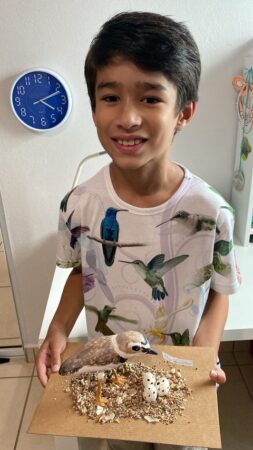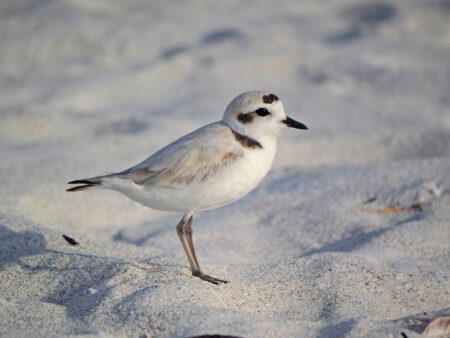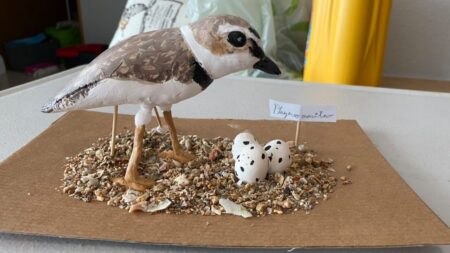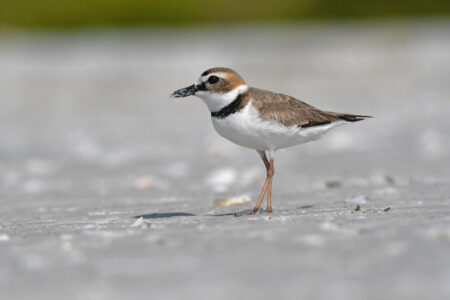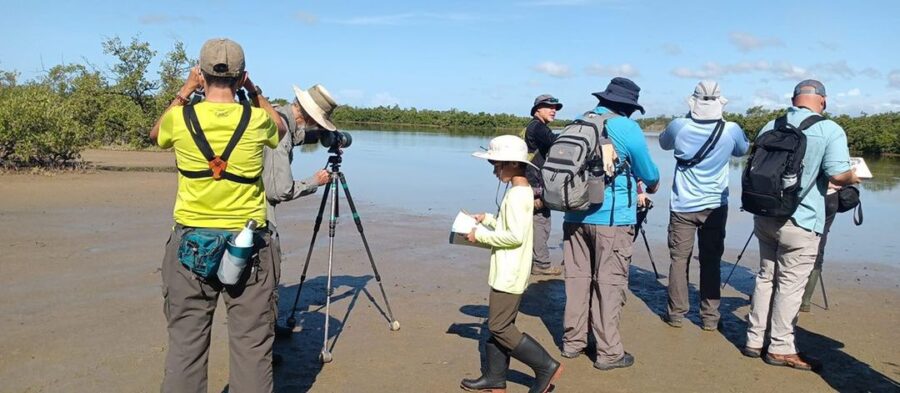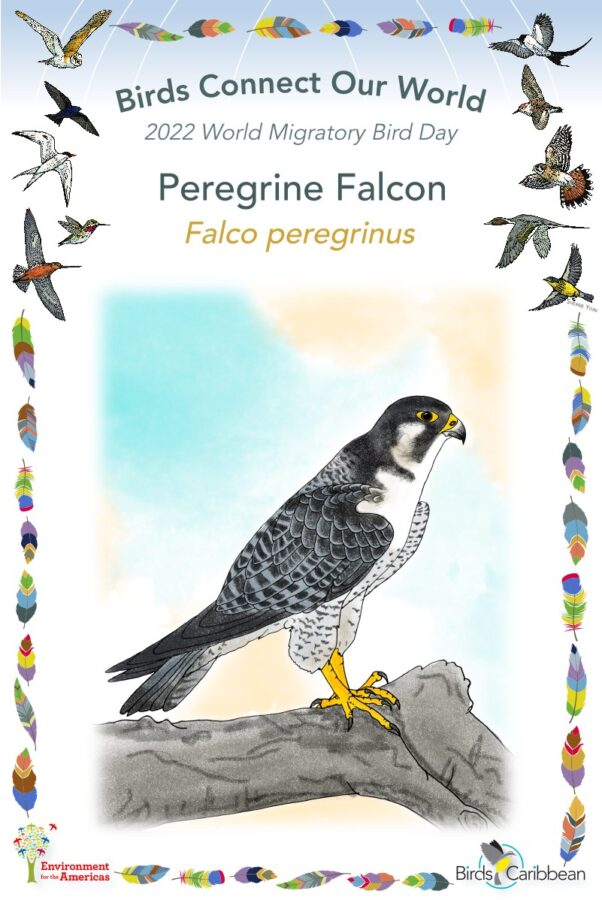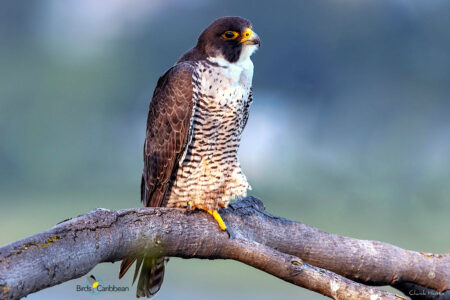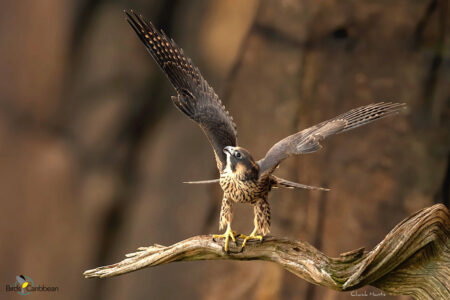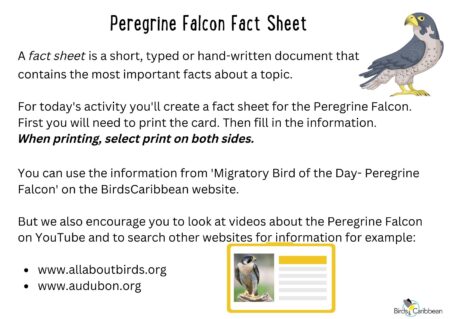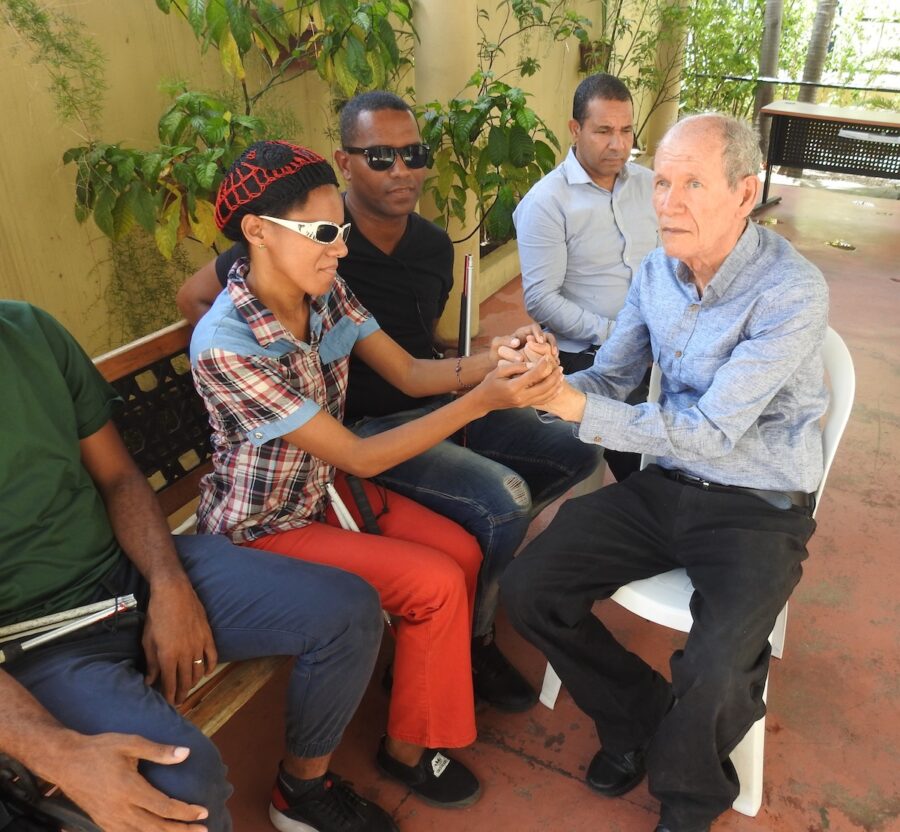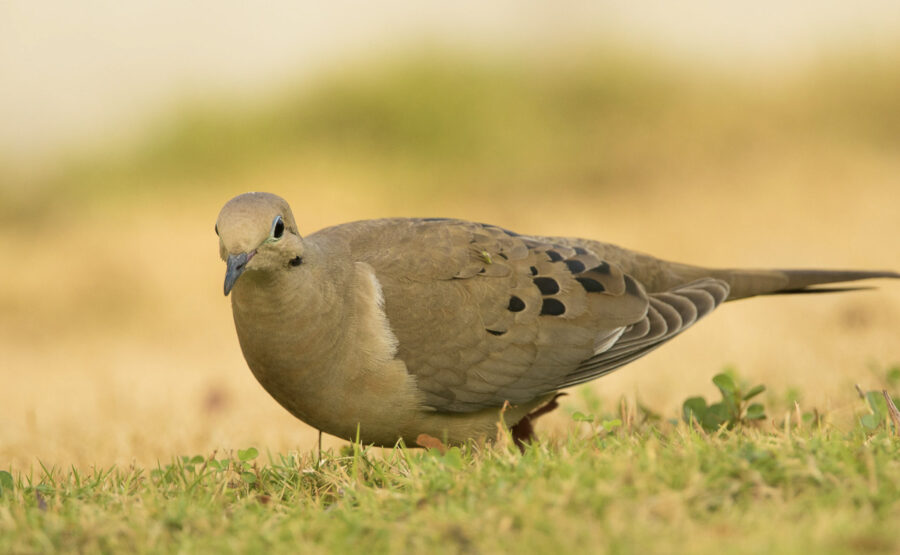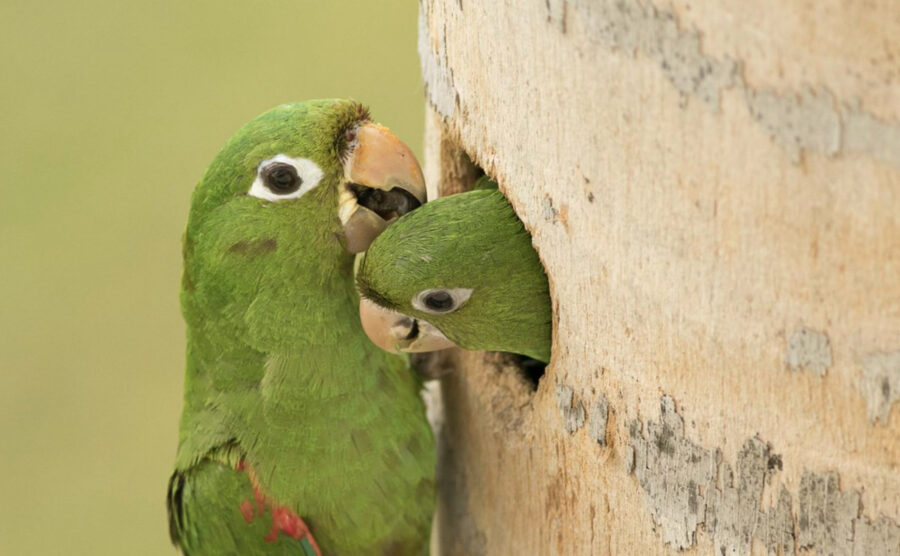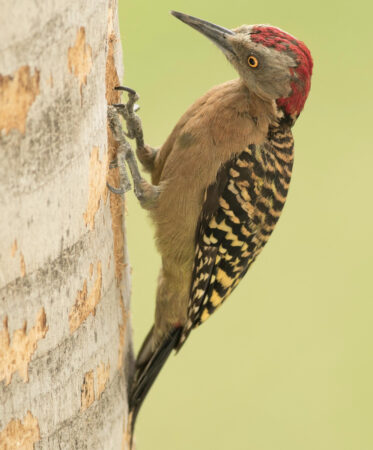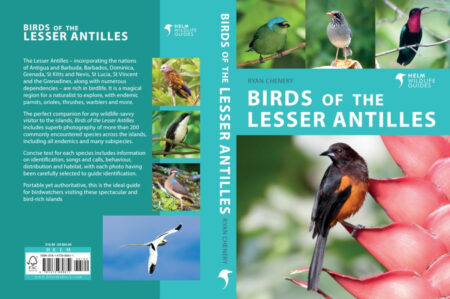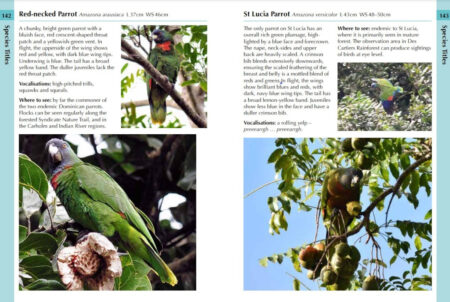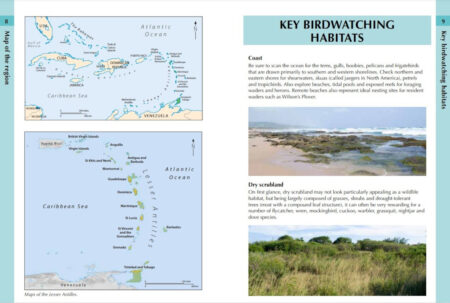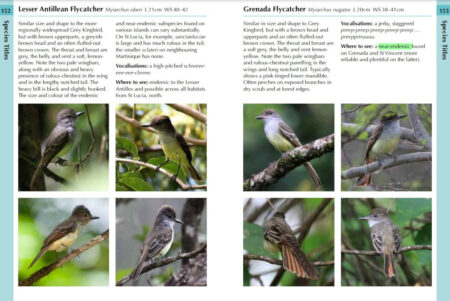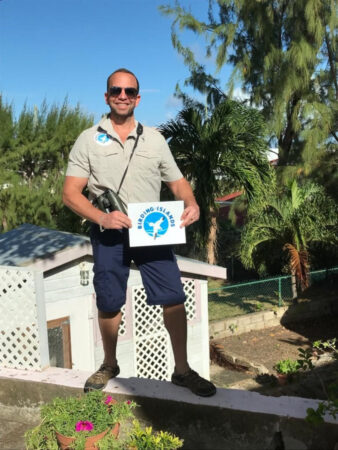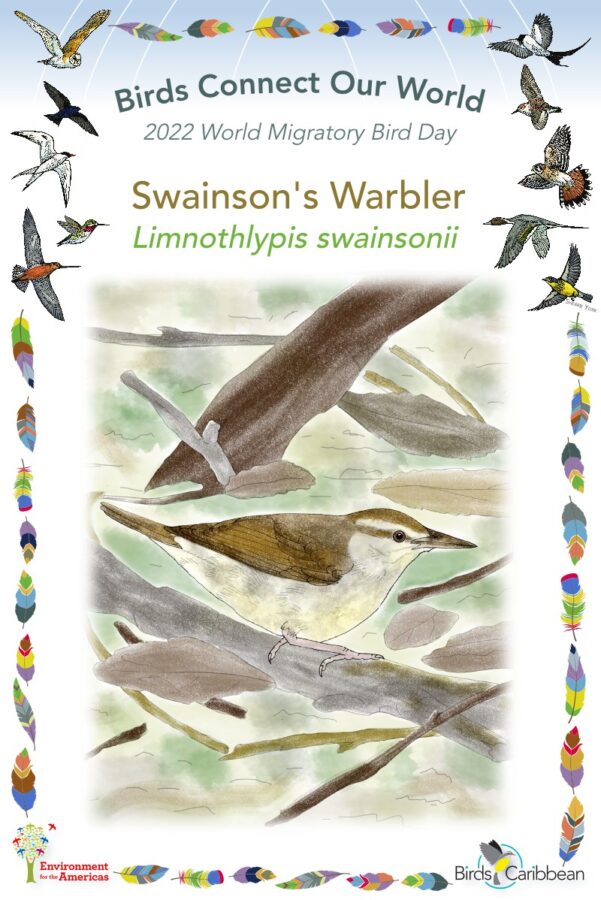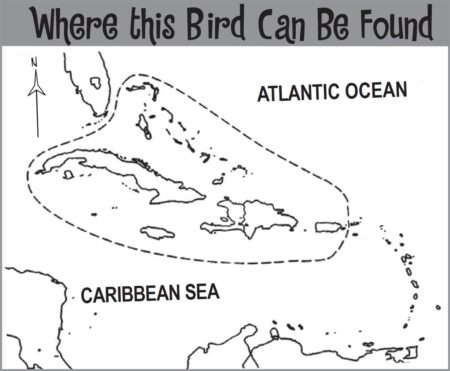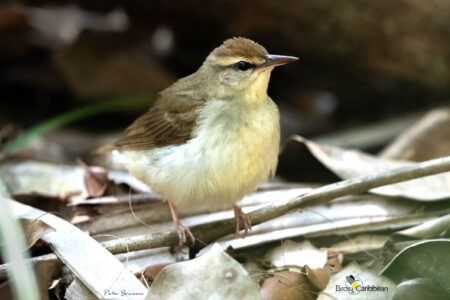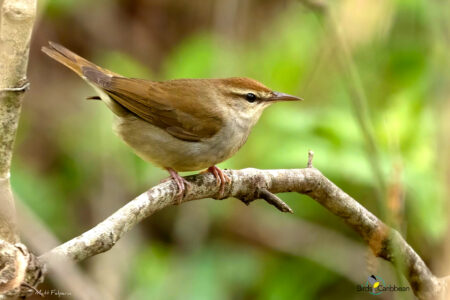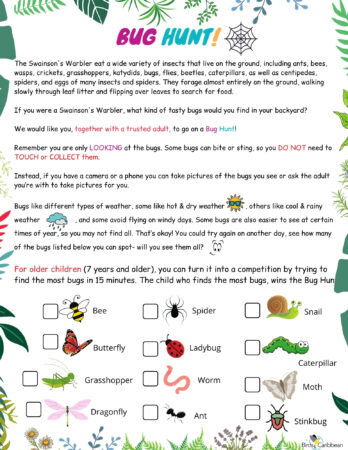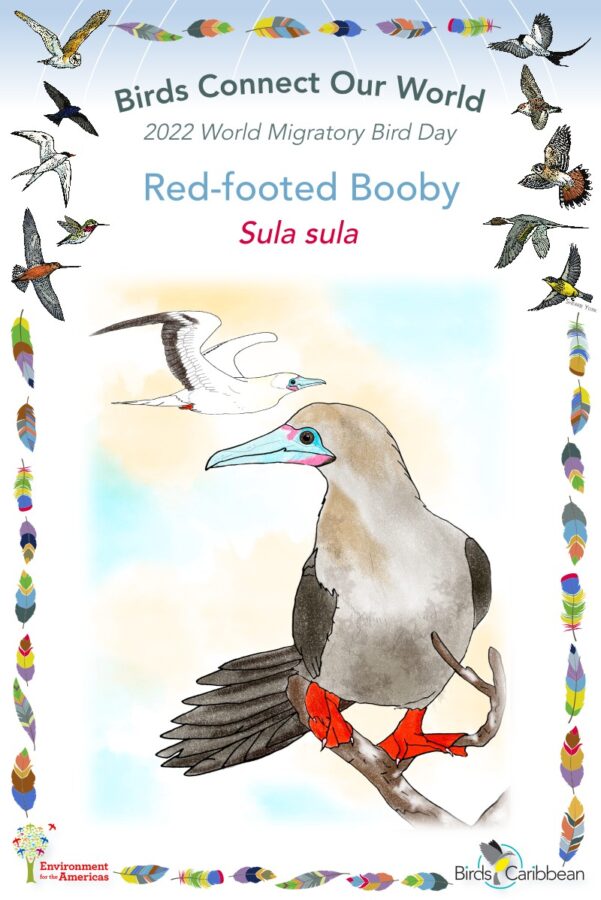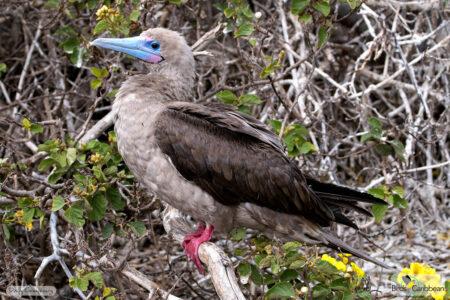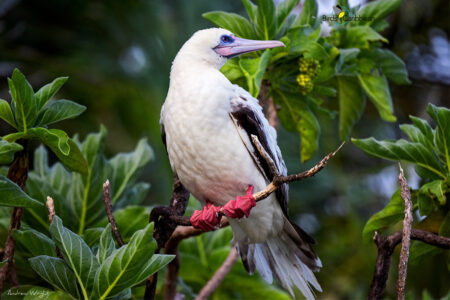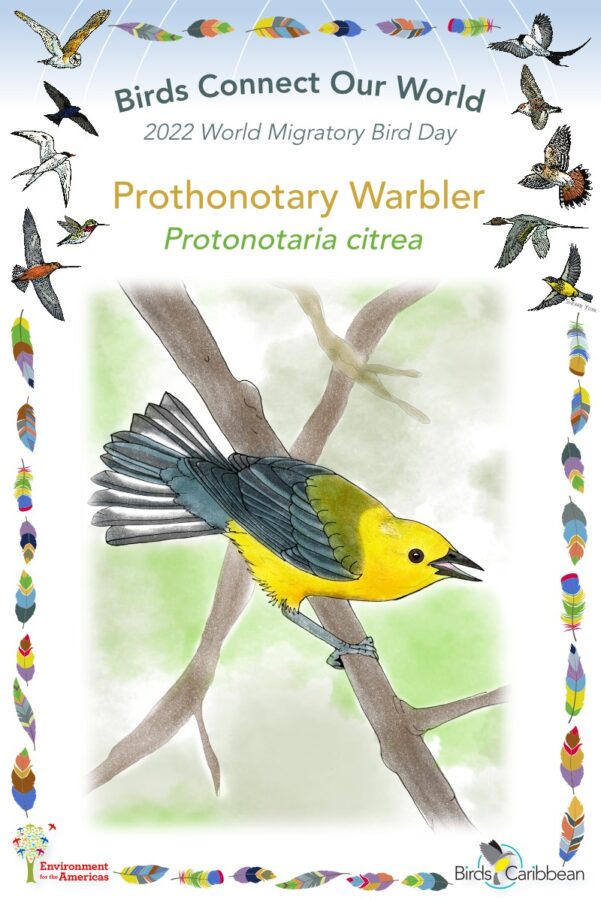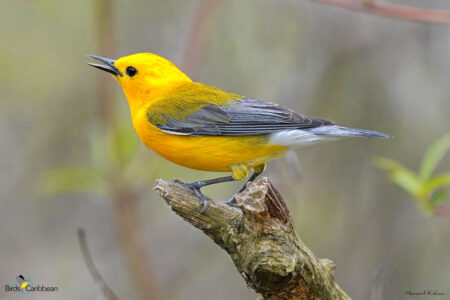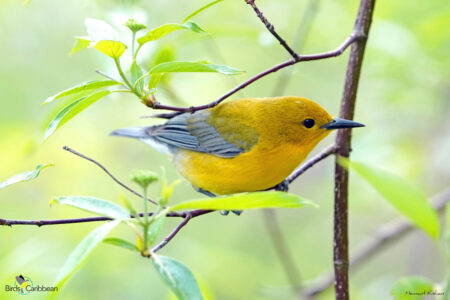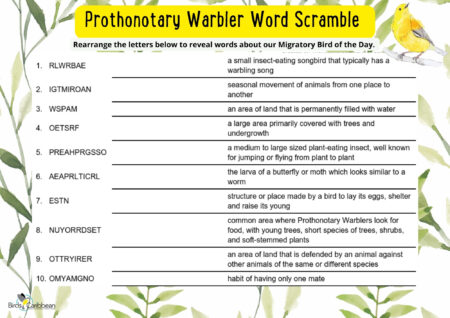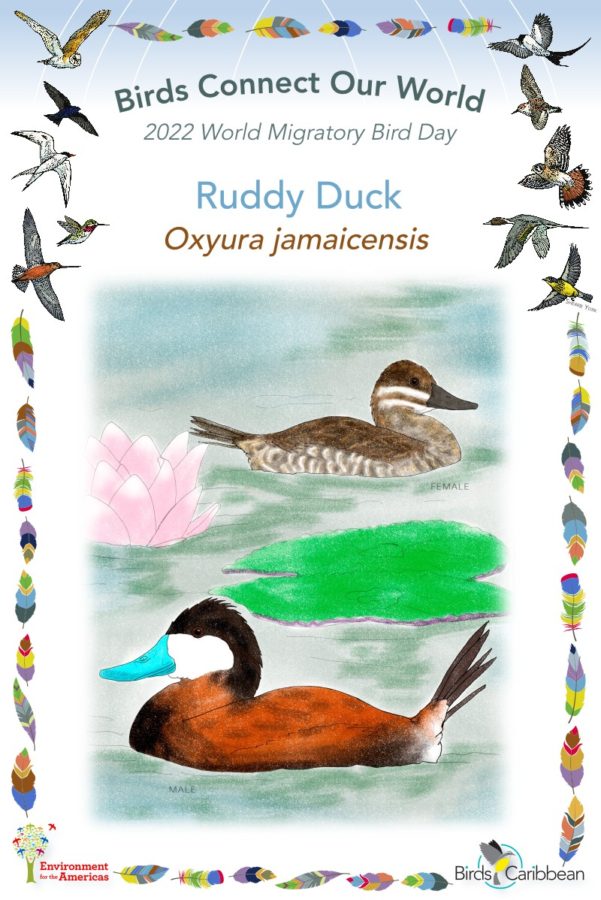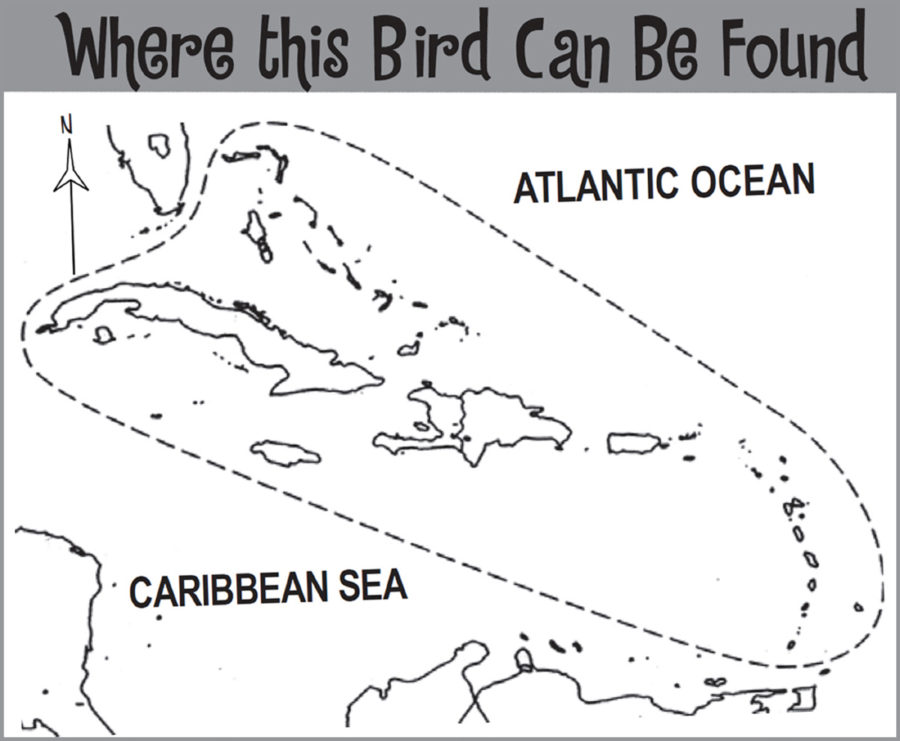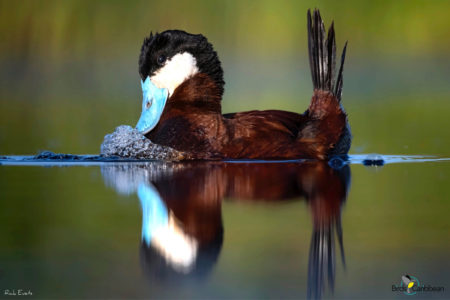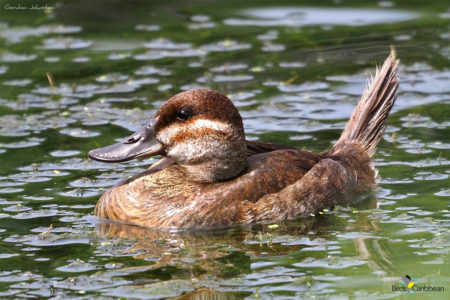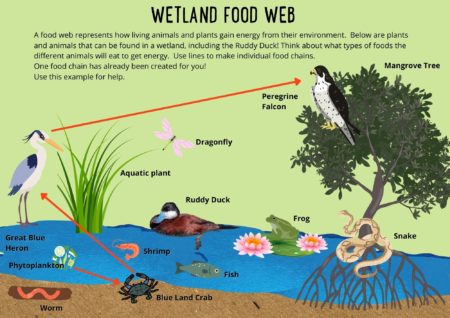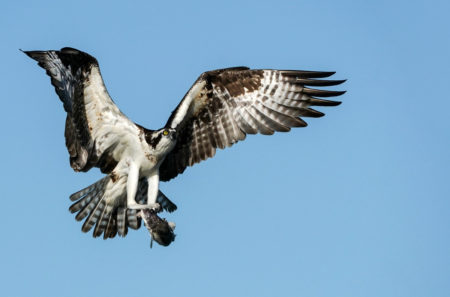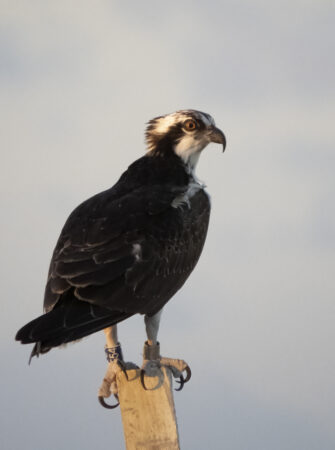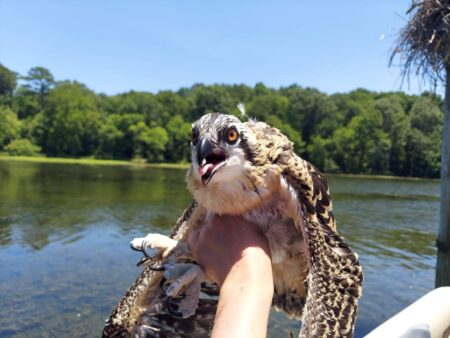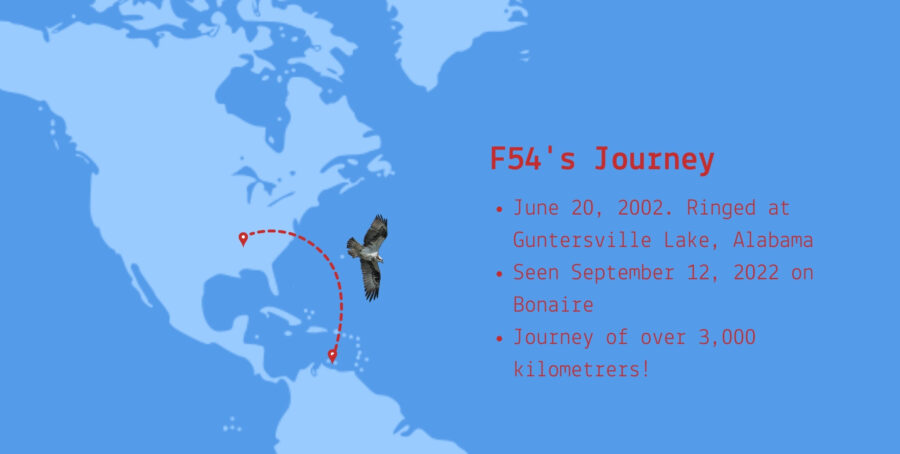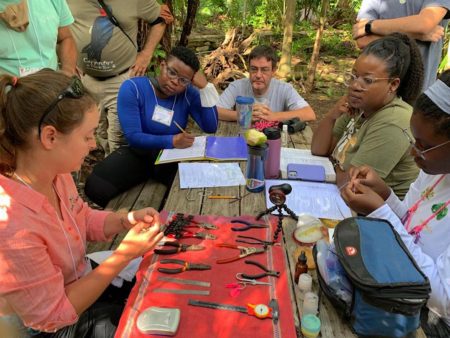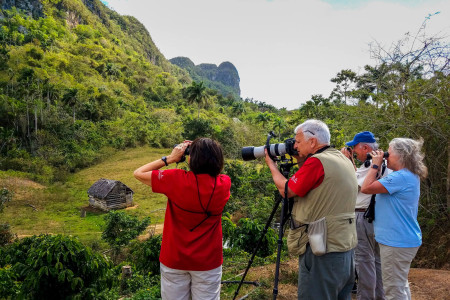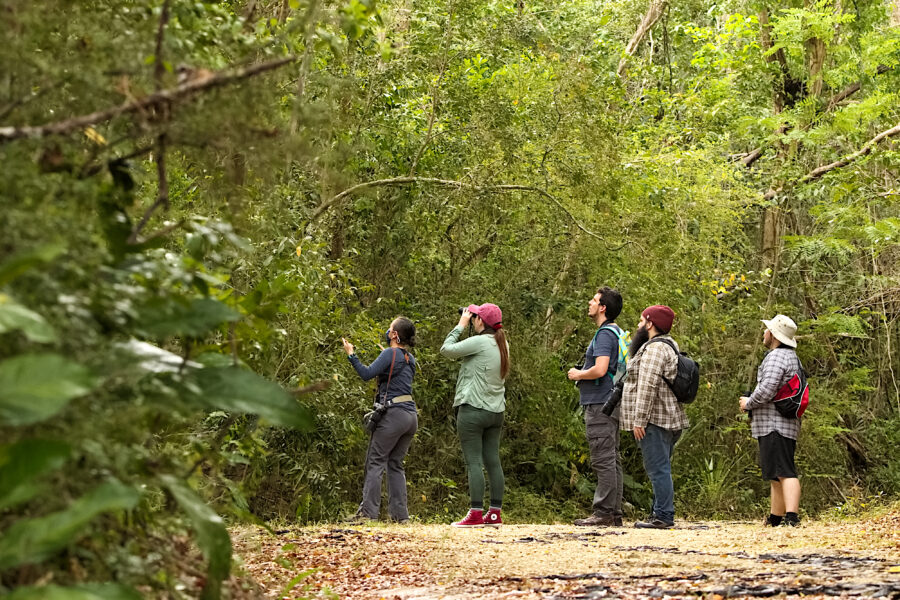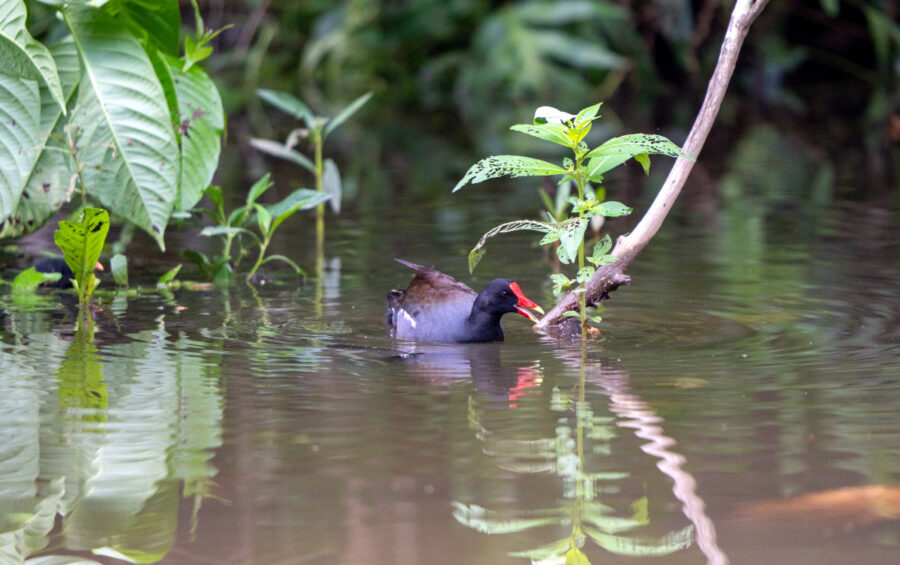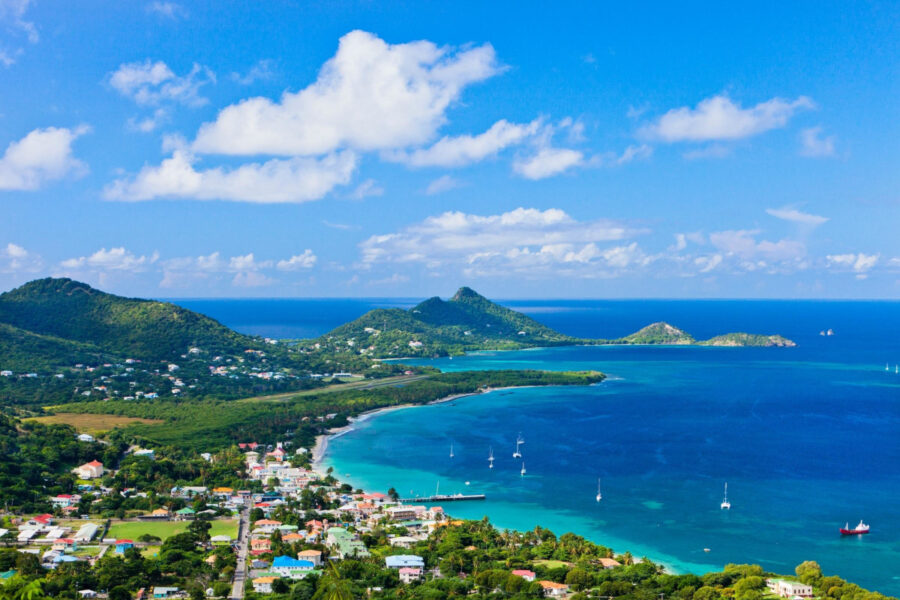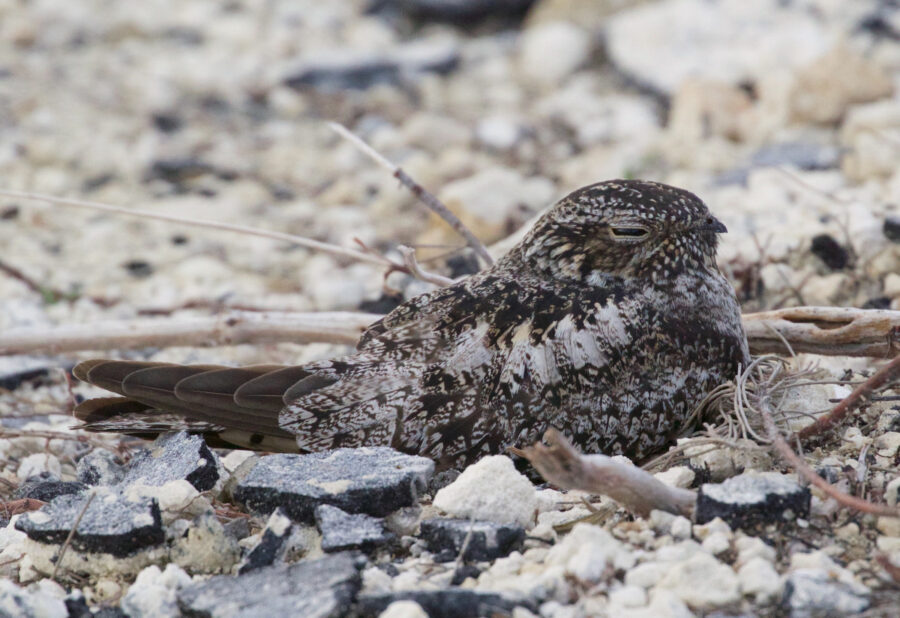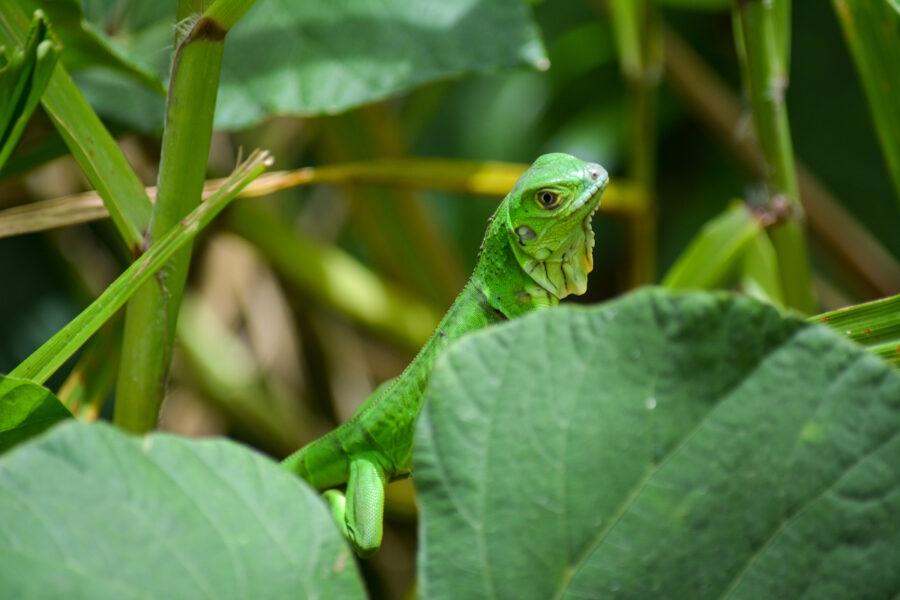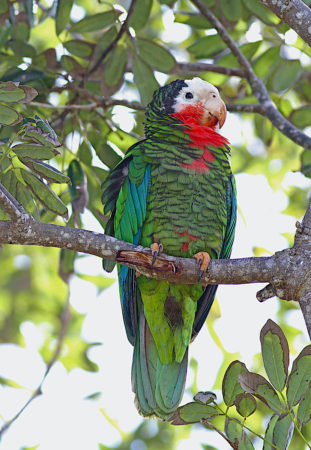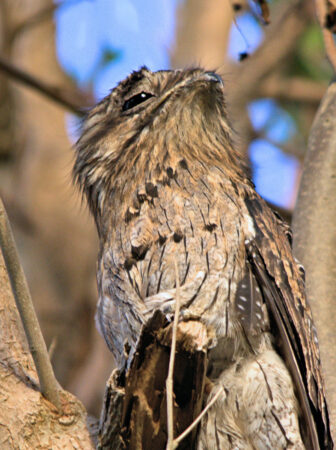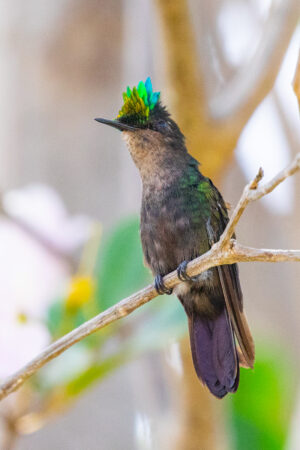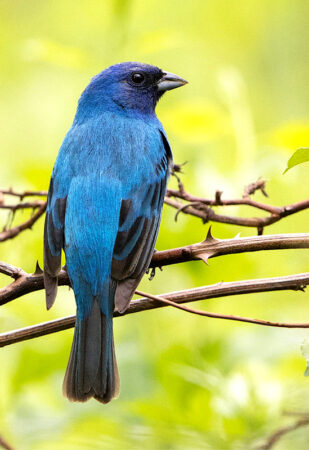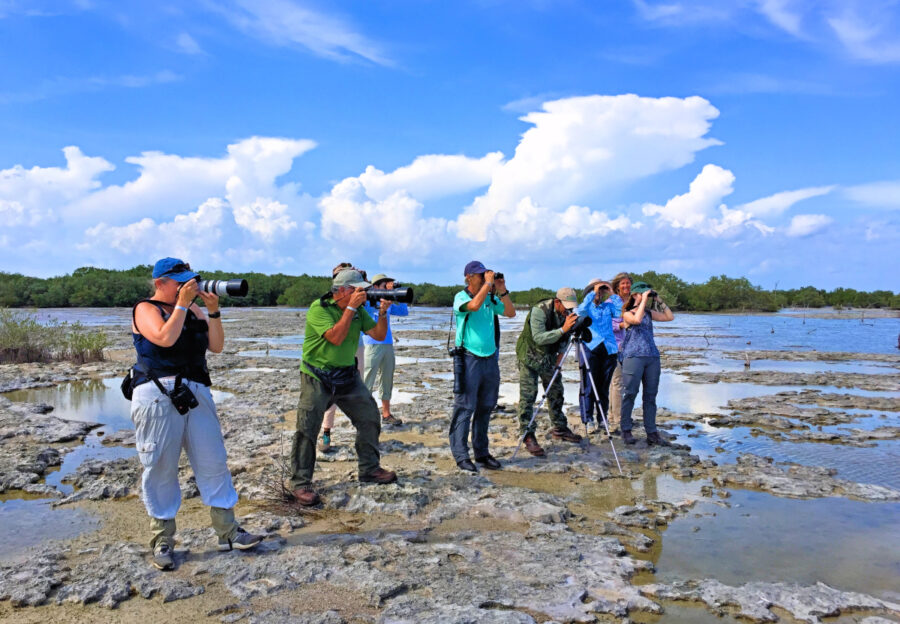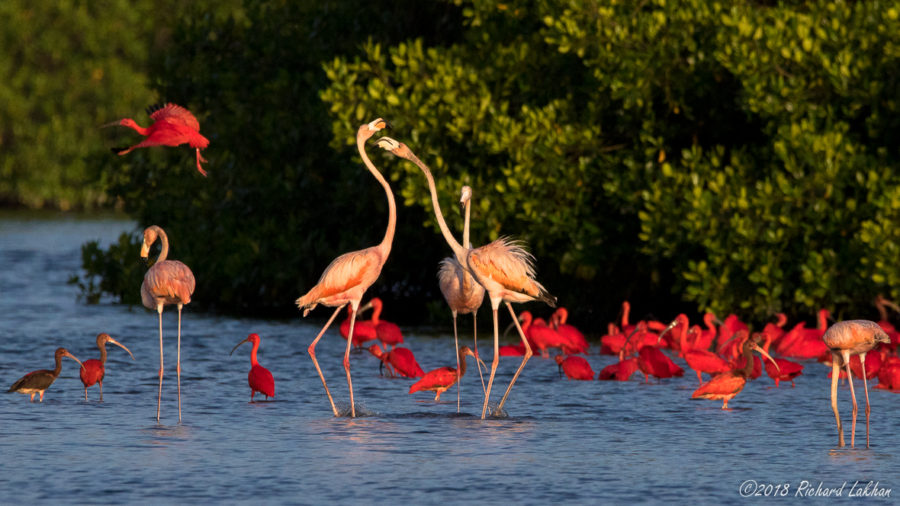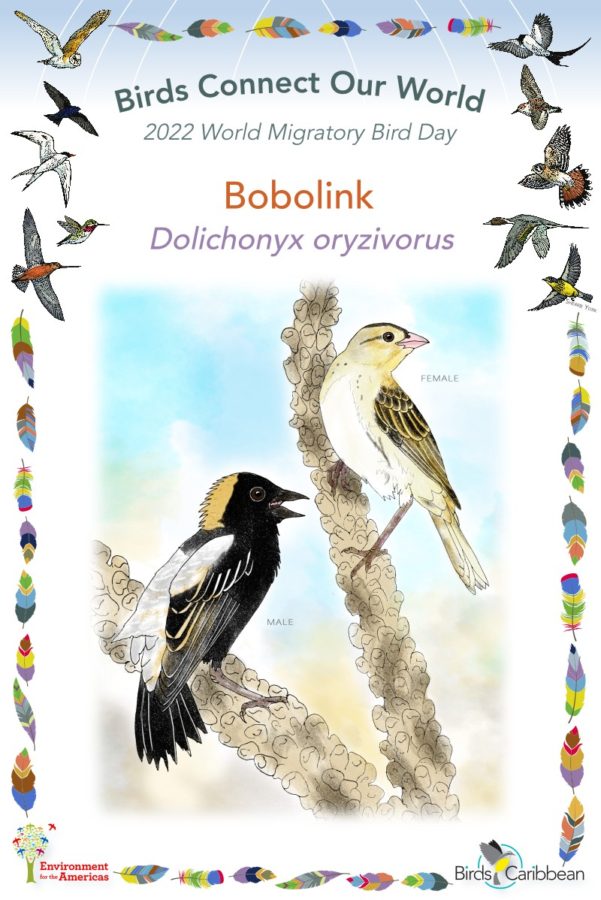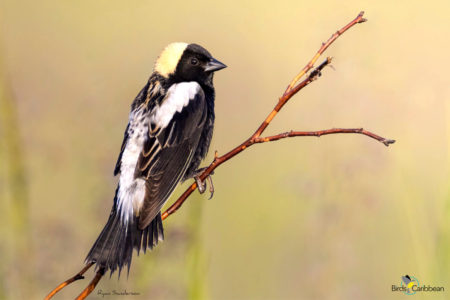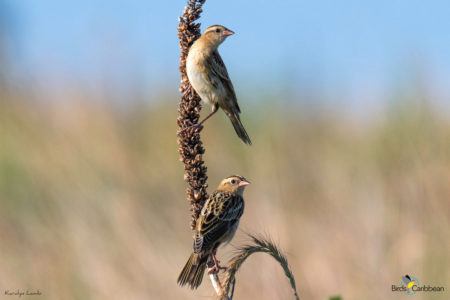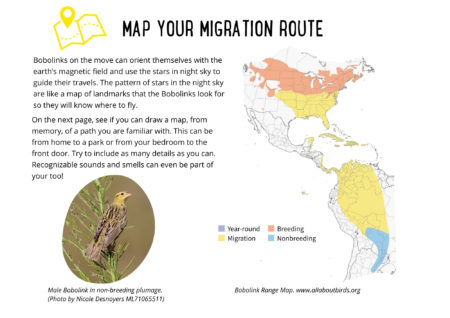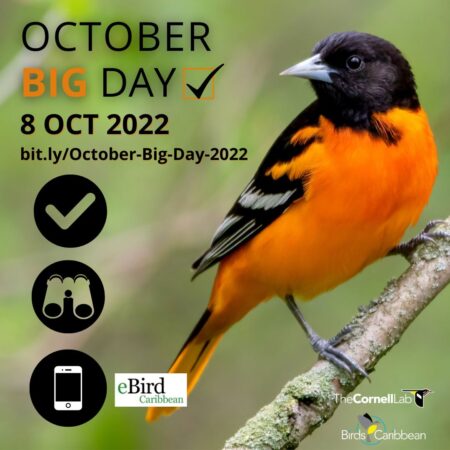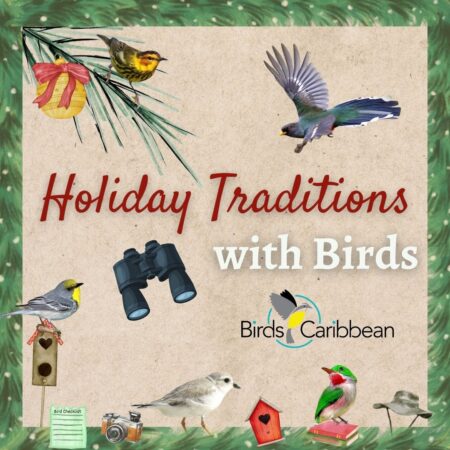 The holidays are here again! It is a special time for togetherness and gratitude, but for many it can also be very demanding—cleaning, entertaining, and gift giving. Exhausted and anxious is not how we want you to experience the holidays. We at BirdsCaribbean have compiled a list of traditional activities that have been adapted to benefit birds and minimize your stress.
The holidays are here again! It is a special time for togetherness and gratitude, but for many it can also be very demanding—cleaning, entertaining, and gift giving. Exhausted and anxious is not how we want you to experience the holidays. We at BirdsCaribbean have compiled a list of traditional activities that have been adapted to benefit birds and minimize your stress.
We want you to make memories with your family and friends while engaging in activities that increase your knowledge and appreciation of Caribbean birds and help you to inspire others to be more bird-friendly for years to come. No matter which activities you choose, kids and adults alike are sure to have fun, and these activities can be done at any time of the year.
Of course birds will be featured and accompanied by amazing photos, natural history tidbits, and actions we can all take this holiday season to reduce threats to their survival.
A calm and relaxed festive season is on the horizon! Just make sure you’re following us @BirdsCaribbean and check back as new posts will be added until December 31st!
I’m Dreaming of a Green Christmas—Ways to Decrease your Plastic Use this Holiday Season
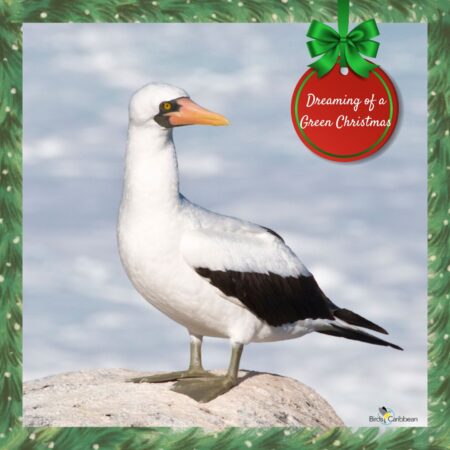 With family and friends to host, gifts galore, and huge grocery hauls during the build-up to Christmas, there is extra everything! Our single use consumption goes up this time of year big-time—packaging, gift wrap, decorations, food containers, plastic cutlery, the list goes on. This surge in plastic waste continues to threaten our health, our environment and wildlife. Marine animals are also harmed by plastic pollution.
With family and friends to host, gifts galore, and huge grocery hauls during the build-up to Christmas, there is extra everything! Our single use consumption goes up this time of year big-time—packaging, gift wrap, decorations, food containers, plastic cutlery, the list goes on. This surge in plastic waste continues to threaten our health, our environment and wildlife. Marine animals are also harmed by plastic pollution.
The Masked Booby, for example, can mistake plastic in the ocean for fish and squid. Once ingested plastic reduces the volume of the stomach which often leads to starvation and other health problems. Seabirds may also feed their chicks bits and pieces of plastic too. Additionally, during courtship males will present females with tokens, traditionally rocks or feathers, but lately this includes plastic debris too, which is later used to decorate their nests.
But there is hope! You can reduce your plastic waste while still making your season merry and bright by following these top tips:
✨Use fabric wraps that can be used again next year. Or follow your grandmother and save the gift bags you receive to put other people’s gifts in.
✨Make your own decorations from biodegradable materials.
✨Ditch the plastic-wrapped veg and fruits and head to your local farmer’s market, don’t forget your market bag/reusable tote!
✨Avoid disposable cutlery. It’s convenient but not good for the environment. Try hosting smaller gatherings or asking guests to reuse their cutlery for different courses and don’t forget to rinse- we don’t think fruit cake and ham would be a good flavor combo!
If you’ve got other fantastic ways we can reduce our plastic use this holiday season, do let us know in the Comments below!
Shop with the Ultimate Bird-friendly Gift Guide—Gift Ideas that are Relatively Inexpensive and Meaningful
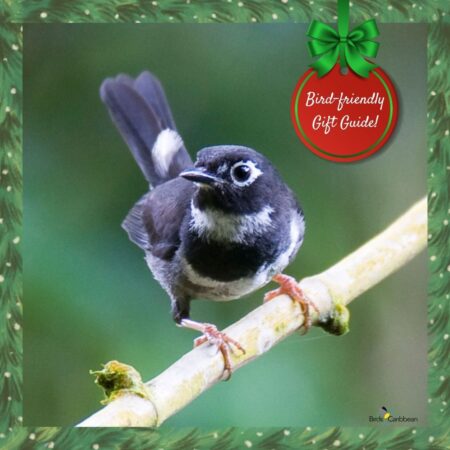 With Christmas fast approaching, we wanted to share some gift ideas with you. They are perfect for bird and nature lovers in your life, and even for those that are tricky to buy for. For all of these options, their purchase benefits people, habitats, and birds like the Endangered Whistling Warbler. We’ve provided a handy customizable template in Canva for a gift card for all the gifts below that you can present to your loved one!
With Christmas fast approaching, we wanted to share some gift ideas with you. They are perfect for bird and nature lovers in your life, and even for those that are tricky to buy for. For all of these options, their purchase benefits people, habitats, and birds like the Endangered Whistling Warbler. We’ve provided a handy customizable template in Canva for a gift card for all the gifts below that you can present to your loved one!
✨For some people making a donation in their honor is an extremely meaningful gift. Your loved ones will be happy to know that their gifts will equip Caribbean conservationists with the tools and skills they need to increase the understanding, appreciation, and conservation of birds in the region. Your generous gift (no amount is too small!) will help BirdsCaribbean achieve our ambitious goals for bird conservation in 2023 – learn more here!
✨Some of the best gifts can’t be wrapped! From verdant mountain ranges to tranquil moments at the seaside, the Caribbean provides ample opportunities for birding, adventure, and recentering. You can buy an experience for loved ones, like a guided bird tour at your local nature reserve. It takes up no space and best of all you’ll help create memories. If you need help finding certified Caribbean guides, do check our Caribbean Birding Trail website guide page.
✨You can also give the gift of community with a membership to BirdsCaribbean or to your local NGO. When you become a member of BirdsCaribbean you become part of an important community committed to conserving Caribbean birds and their habitats. Collectively, members make possible the outstanding programs, research, on-the-ground conservation actions, and educational resources that get people outside and interested in birds.
✨ Give the gift of birdsong and at the same time help to conserve birds! In 2019, Shika Shika produce an album of birdsong inspired music using the songs of endangered species in the Caribbean, Mexico, and Central America. You can purchase the whole album online at this link.
Check out the handy gift card template in Canva for a gift card that you can customize and present to your loved one!
The Whistling Warbler can only be found on the island of St Vincent (St Vincent and the Grenadines). It is quite rare and elusive to spot, restricted to mountainous habitat. Earlier this year, together with the Forestry Department staff and Antioch University researchers, we conducted a two-week pilot survey for this endemic gem and other forest species, to assess the effects of La Soufrière eruption on their population and distribution – catch up on the blog here. Funding for this survey was provided by our donors who gave quickly and generously to our relief appeal for St Vincent. We are continuing our work in St Vincent in 2023 with more surveys of the warbler, a Landbird Monitoriing Training Workshop with the St Vincent Forestry Department, and writing a Conservation Action Plan for this endangered species – you can help us with much-needed funding for this work here.
Get Festive! Plant a Native Tree
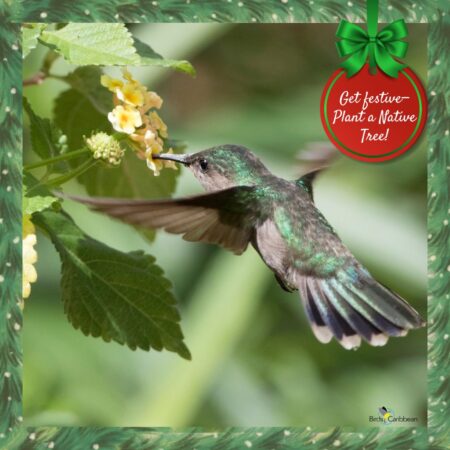 We know that one of the many ways people get into the holiday spirit is by putting up their Christmas tree. The twinkling lights and decorations radiate cheer and positivity. However, in the Caribbean there may be more fake than live trees which in the long term may not be the most environmentally friendly or financially sound choice. Instead, we suggest you get a live native plant or tree. Need some help deciding what to plant? Check our free ebook ‘Heritage Plants’ (available in English and Spanish) for ideas.
We know that one of the many ways people get into the holiday spirit is by putting up their Christmas tree. The twinkling lights and decorations radiate cheer and positivity. However, in the Caribbean there may be more fake than live trees which in the long term may not be the most environmentally friendly or financially sound choice. Instead, we suggest you get a live native plant or tree. Need some help deciding what to plant? Check our free ebook ‘Heritage Plants’ (available in English and Spanish) for ideas.
Backyard birds like mockingbirds, warblers, bananaquits, pigeons, doves, hummingbirds and many other birds will be sure to visit your yard! In this post’s photo a female Antillean Crested Hummingbird can be seen enjoying the nectar from a flower. Hummingbirds in particular are welcome visitors to backyards because their dazzling colors are always a delight to see. More importantly they act as pollinators and control plant pests by eating small insects too.
It’s win-win! You create a landscape that enhances the local environment, and offers shade, flowers, and fruits for you to enjoy. Your local flora and fauna benefits as native plants provide food and shelter for your backyard birds and other wildlife. They also increase the curb appeal of your property, decrease cooling costs (with mature trees), and improve your mental health.
If you don’t have the yard space, you can gift it to someone who does or get a potted native plant for your balcony or porch. You can also support local reforestation efforts in your country by signing up to help replant trees or donating to an NGO.
Peck the Halls with Hanging Bird Feeders
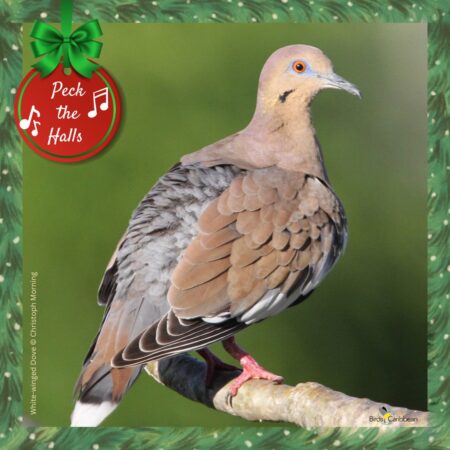 Bringing friends and family together is one of the best things about Christmas and nothing brings people together like a delicious meal. This year you can share the friendship, fun, and food with birds by hanging edible ornaments on trees in your garden. The White-winged Dove is one of many birds that will readily use bird feeders with a supply of millet, cracked corn, sunflower seeds, and other grains.
Bringing friends and family together is one of the best things about Christmas and nothing brings people together like a delicious meal. This year you can share the friendship, fun, and food with birds by hanging edible ornaments on trees in your garden. The White-winged Dove is one of many birds that will readily use bird feeders with a supply of millet, cracked corn, sunflower seeds, and other grains.
Choosing a tree is pretty simple because luckily, birds are not too picky. However, you’ll want a tree with plenty of horizontal branches so seed ornaments, other decorative feeders, and hummingbird feeders can hang freely and give the birds space to feed. It would be wise to choose a tree that offers shelter to both the birds and ornaments from direct sunlight and rain.
There are many ways you can use bird food to decorate your tree. You can string chunks of orange, papaya, pine and bananas along the branches. Or you can make birdseed ornaments in festive shapes with your kids! Check out this DIY video from the National Audubon Society. If you would prefer an inexpensive and biodegradable option, check out our Orange Fruit Cup Bird Feeder activity here.
To hang ornaments, use small lengths of natural twine to make loops or bows for each ornament. Holiday-themed or red ribbons can be added to attract the birds’ attention. Do not use thin thread or nylon string which the birds can become entangled in.
Remember to replace as needed, chances are other wildlife like lizards will also visit your feeders.
Lastly, as this is the season of togetherness we encourage you to prepare edible ornaments and decorate a tree for birds and other wildlife with your family, church group, school group, and other organizations too!
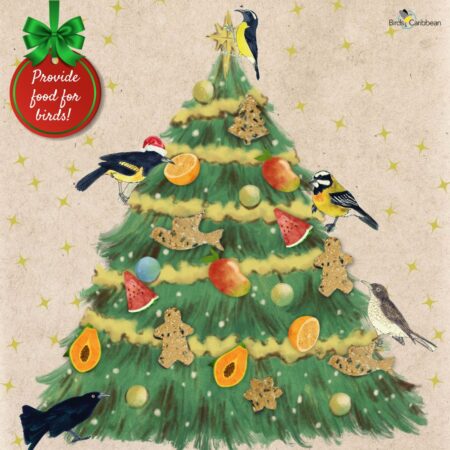
Build a Birdhouse for a Family of Birds
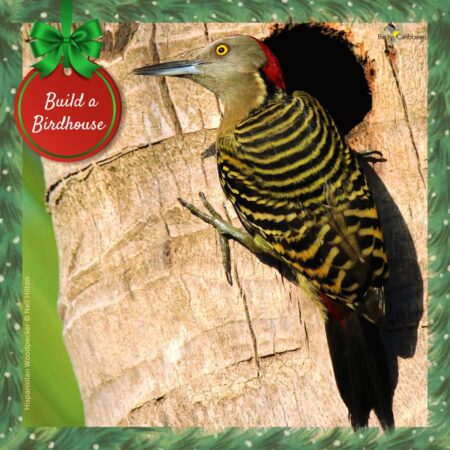 Many of us have a tradition to build a gingerbread house but how about building a birdhouse this year? You won’t be able to indulge in a yummy treat once completed but you will be providing a home for a family of birds this spring!
Many of us have a tradition to build a gingerbread house but how about building a birdhouse this year? You won’t be able to indulge in a yummy treat once completed but you will be providing a home for a family of birds this spring!
Birdhouses, also known as nesting boxes, provide a place for birds to build their nests, protected from the weather and predators. In return, birds will help out in many ways in your garden by controlling pests and weeds. Since birds eat insects, they will help to eliminate unwanted pests in your yard and use of harmful pesticides. Some birds also love to eat weed seeds, reducing how often you have to clear the weeds away from your garden.
Getting a birdhouse can be as simple as heading to your local garden or hardware store and buying one or building one yourself. Here are 28 free DIY birdhouse plans from The Spruce
Building a birdhouse can be a family activity; adults can cut and assemble the house and children can paint and decorate. Even better, you can host a birdhouse building party and invite neighbors, friends and other relatives to build birdhouses for their own yards. Provide some festive tunes and light refreshment, and you’ll be all set.
In nature, birds will seek tree cavities or woodpecker holes to nest and raise their family. However in today’s world natural cavities can be hard to find. Forests are being cleared for development, and in urban areas old and rotting palms are promptly removed. Wooden fence posts and electricity poles have been replaced with concrete, metal or treated wood. Competition for these limited sites is high especially between cavity nesters, Hispaniolan Woodpeckers and Hispaniolan Parakeet in the Dominican Republic. Learn more about the nest boxes Simón Guerrero installed at his university during this year’s Caribbean Endemic Bird Festival.
Donate Your Old Binoculars to Your Local Birding Club or Environmental Organization
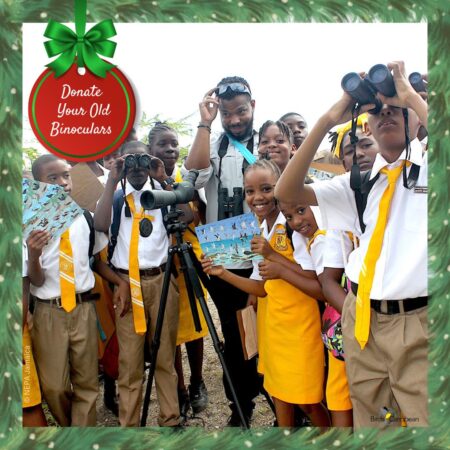 We hope that Santa was especially good to you this year and gifted you the clearest and latest state-of-the-art binoculars you’ve wanted so badly. Now, perhaps you’re wondering what to do with your old gear. Why not give it a new purpose? This year we’re asking you to support new birders by donating your pre-used or unused binoculars, scopes and bird guides too, to your local birding club or environmental organization. This will allow them to have more enjoyable birdwatching experiences while developing their skills.
We hope that Santa was especially good to you this year and gifted you the clearest and latest state-of-the-art binoculars you’ve wanted so badly. Now, perhaps you’re wondering what to do with your old gear. Why not give it a new purpose? This year we’re asking you to support new birders by donating your pre-used or unused binoculars, scopes and bird guides too, to your local birding club or environmental organization. This will allow them to have more enjoyable birdwatching experiences while developing their skills.
Your binoculars, scopes or guides can support education and conservation projects, particularly here in the Caribbean where birding equipment is pricey and somewhat difficult to source. From citizen scientists collecting data as part of a global effort, to children in remote communities seeing close-up views of their island’s endemic birds and undergraduate researchers advancing our understanding of birds, there are many who can benefit from your donation. This way we can all pass on our appreciation and respect for birds and birdwatching to the next generation.
Your binoculars and scopes should be in good working condition. If they are broken, check to see if they’re still under warranty and, if so, whether the manufacturer can repair them.
If you wish to donate binoculars (used or new) to BirdsCaribbean, contact Lisa.Sorenson@BirdsCaribbean – we’ll make sure we get them to organizations that urgently need them in the Caribbean!
If you’re new to birding or thinking about joining the fun birding community and don’t know where to start, read our blog 10 Tips Every New Birder Should Know.
Feathered Family Fun
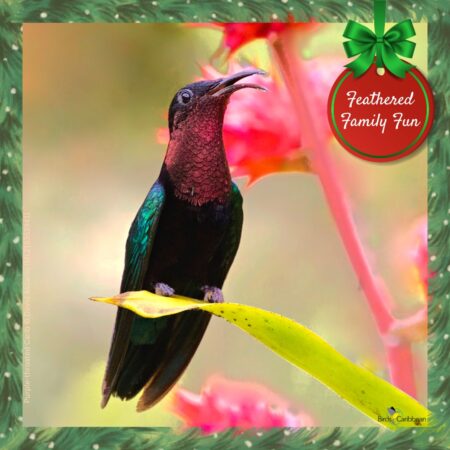 While your friends and family are visiting this holiday season, why not host a game night and have some fun together while learning about the Caribbean’s migratory and endemic birds? We have a variety of activities that will help you learn about and explore your natural environment. They have been created for all ages and most can be done at home using materials at hand. This is a great way to bond and build memories.
While your friends and family are visiting this holiday season, why not host a game night and have some fun together while learning about the Caribbean’s migratory and endemic birds? We have a variety of activities that will help you learn about and explore your natural environment. They have been created for all ages and most can be done at home using materials at hand. This is a great way to bond and build memories.
The activities are free and can be downloaded, and printed if needed: Caribbean endemic birds and migratory birds.
For those who want a more relaxed game night, you will enjoy our timed jigsaw puzzles, word searches, crossword puzzles, memory match games, fill-in-the blanks, coloring pages, DIY crafts, and more activities that can be done individually or in teams, using your phone or laptop. These can be done in between watching the holiday movies and feasting.
On the other hand if you’re looking to help your guests harness their competitive spirit then you would be interested in our bird trivia, scavenger hunt, nest building competition, operation food drop, migration miles, plastic investigator and much more.
Available for download also, in English and Spanish, are coloring books and our graphic novel , which was released in September of this year!
Lift Your Spirits with Birdsongs
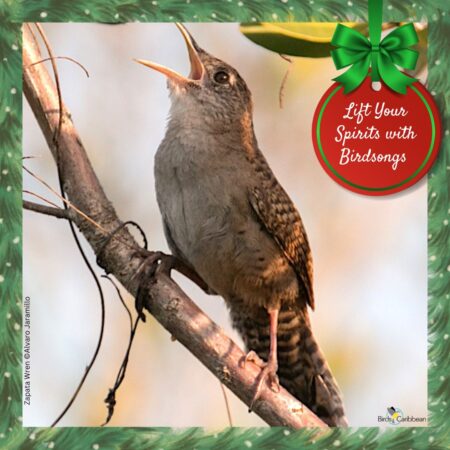 Like music, birdsongs have a positive effect on the brain which improves our mental and emotional health, happiness, and wellbeing. But it isn’t just the enjoyment you feel when you hear your favorite birds sing. Researchers have discovered that bird songs and calls have restorative benefits capable of helping people recover from stress, and allowing them to restore and refocus their attention.
Like music, birdsongs have a positive effect on the brain which improves our mental and emotional health, happiness, and wellbeing. But it isn’t just the enjoyment you feel when you hear your favorite birds sing. Researchers have discovered that bird songs and calls have restorative benefits capable of helping people recover from stress, and allowing them to restore and refocus their attention.
Indeed, it is vital that we not allow these birds to be silenced. Climate change, development, poaching, and pollution are just some of the threats plaguing the future of our birds. To raise awareness of the dire situation facing birds, Shika Shika collaborated with local artists to create tracks inspired by Endangered birds in the region. They were then compiled into an album, ‘A Guide to the Birdsong of Mexico, Central America and the Caribbean.’
Released back in 2020, the album is a unique blend of electronic music and birdsong giving listeners an immersive experience into the beauty and wonder of the natural songs of the Jamaican Blackbird, Zapata Wren and Bay-breasted Cuckoo among others. Profits from album sales will go to BirdsCaribbean as well as two other bird conservation organizations in Mexico and Central America.
If you’re interested in exploring other regions through birdsongs, listen to their other albums too! A Guide to the Birdsong of South America and A Guide to the Birdsong of West Africa also showcases the diversity of birds and artists whilst supporting local conservation organizations. Learn more about the artists, creative process and purchase these albums here https://shikashika.org/birdsong/
These albums are perfect for the music lovers and bird lovers in your life, at just 12 euros (~$12USD). Or, just treat yourself to some uplifting organic music and at the same time, support organizations working to protect birds and their habitats!
Festive Birding
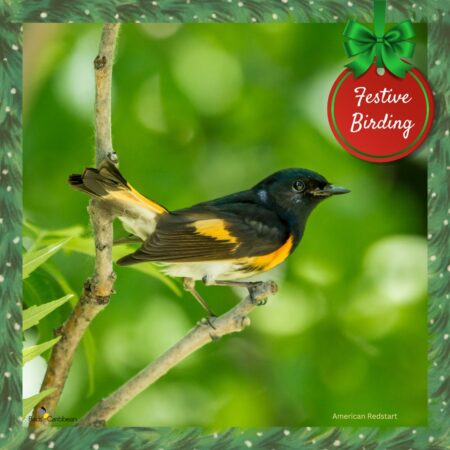 Looking for an easy way to burn off the Christmas feast? Then put down your phone, get off the couch, and head to the great outdoors to look for birds!
Looking for an easy way to burn off the Christmas feast? Then put down your phone, get off the couch, and head to the great outdoors to look for birds!
After weeks of cleaning, shopping, entertaining and cooking, birding provides the perfect opportunity to reduce stress, calm your mind, and revive your energy. In addition to your native and endemic birds, you’ll want to keep an eye out for migratory species that winter in the Caribbean like the American Redstart and Cape May Warbler. If you’re heading to your favorite coastal area, you may be lucky enough to see a powerful Merlin catching small shorebirds like Sanderlings in mid-air.
You’ll be delighted to know that birds benefit from being watched too. As people spend more time in nature appreciating its beauty and wonder and reaping the physical and health benefits, they feel a greater desire to conserve nature. They are likely to act upon this desire by actively participating in restoration programs, raising awareness, and lobbying for better environmental laws which protect habitats for birds and other wildlife.
As usual, before you begin any physical activity you must warm-up. You can do some light stretching but we really want you to have an enjoyable birding experience so here are some additional resources to help you prep.
10 tips to get you started
Birding 101 webinar
Warbler identification
Shorebird identification resources
HAPPY BIRDING!
Become a Citizen Scientist
I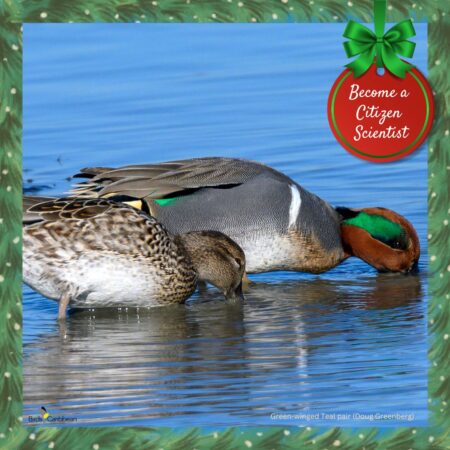 s one of your New Year resolutions to spend more time outdoors, birding, and/or helping with conservation efforts? Then, join one of the many citizen science programs that rely on the eyes and ears of people who appreciate birds and nature, to make observations and collect data. In these programs scientists and volunteers work together to gather data on bird diversity and numbers to answer real-world questions. The first citizen science program in January is the Caribbean Waterbird Census (CWC). Now in its 14th year the CWC 2023 begins on Saturday, January 14 and runs until Saturday, February 3.
s one of your New Year resolutions to spend more time outdoors, birding, and/or helping with conservation efforts? Then, join one of the many citizen science programs that rely on the eyes and ears of people who appreciate birds and nature, to make observations and collect data. In these programs scientists and volunteers work together to gather data on bird diversity and numbers to answer real-world questions. The first citizen science program in January is the Caribbean Waterbird Census (CWC). Now in its 14th year the CWC 2023 begins on Saturday, January 14 and runs until Saturday, February 3.
Learn how you can take part in this region-wide survey in our blog.
Why waterbirds? The Caribbean is home to 185 species of waterbirds. Many are migratory, some are endemic but all face a range of threats, including habitat loss through development, climate change, pollution, and hunting. A structured, long-term census is essential for gathering information on numbers and habitat use in order to protect and manage habitats and conserve this exceptional group of birds.
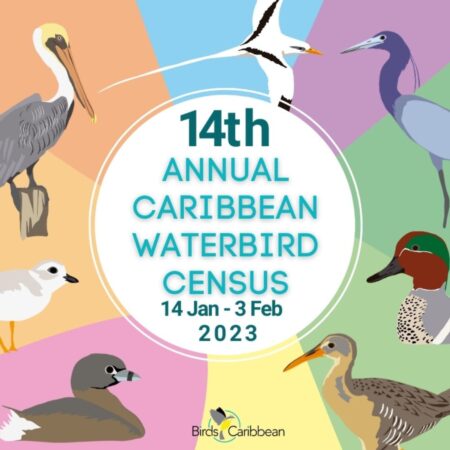 What will you do? Head to a beach, pond, mangrove or wherever you think there might be waterbirds, observe and tally ALL the birds you see during your count period. Then submit your lists to eBird Caribbean. More detailed instructions as well as many free waterbird and shorebird ID resources can be found linked in the blog above.
What will you do? Head to a beach, pond, mangrove or wherever you think there might be waterbirds, observe and tally ALL the birds you see during your count period. Then submit your lists to eBird Caribbean. More detailed instructions as well as many free waterbird and shorebird ID resources can be found linked in the blog above.
What will you need? ID guides (free! on our website) and field guide, binoculars, notebook to record your observations (if you’re not using the eBird mobile app to keep track), a friend or two, and water. Our expert opinion is that it’s always best to bird with a friend or group, they’ll take notes, help with counting and bird ID, and (maybe) even share their snacks.
Thank you for helping us conserve our waterbirds! Have fun, be safe, and do share your lovely photos with us using the #CWC2023 and/or tagging us @BirdsCaribbean
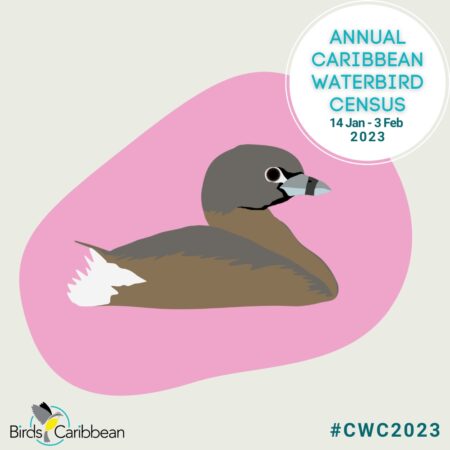









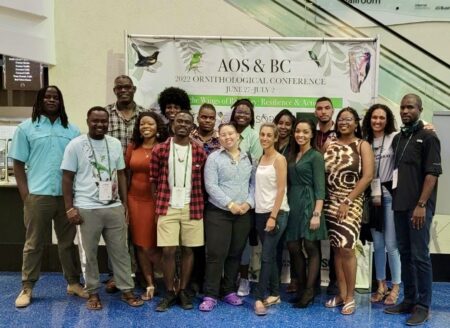
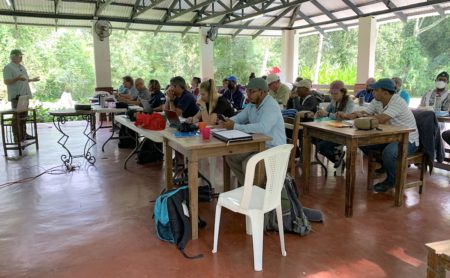
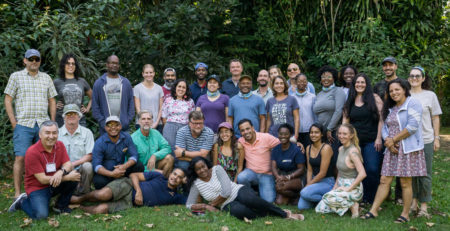
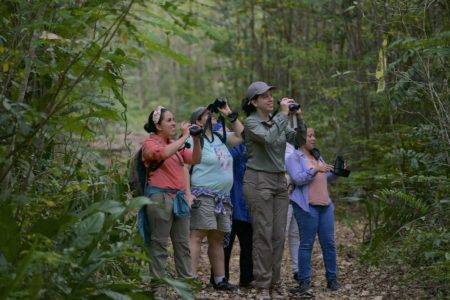
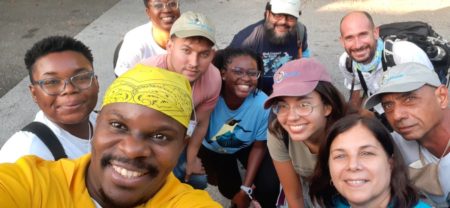
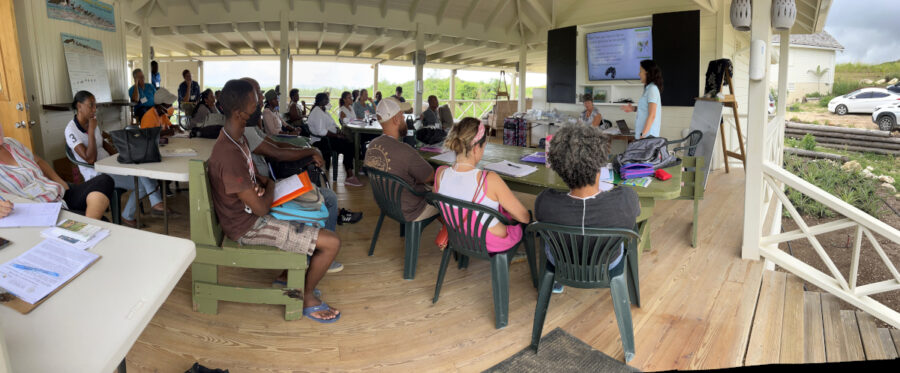
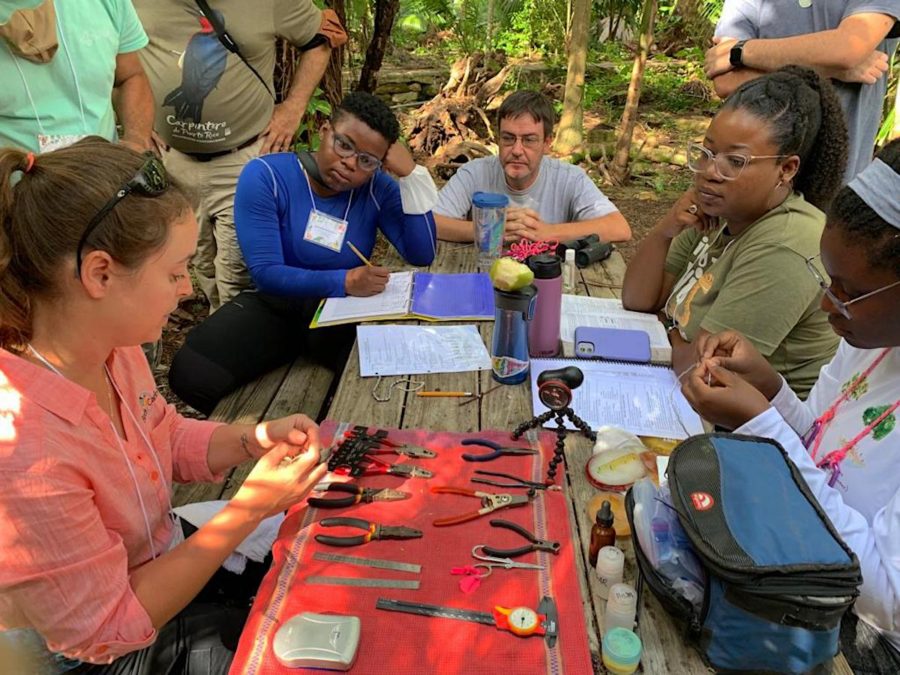
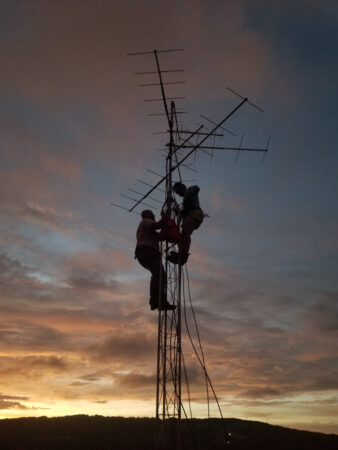
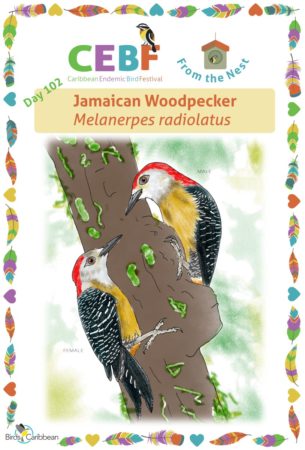

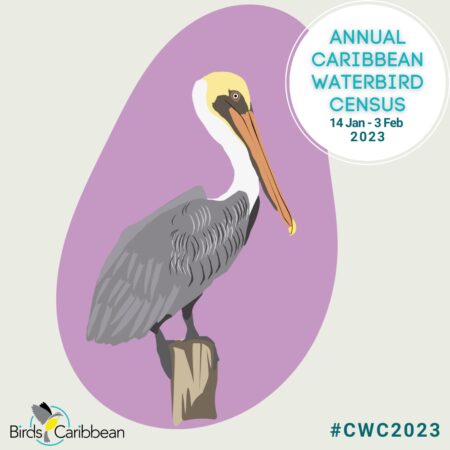










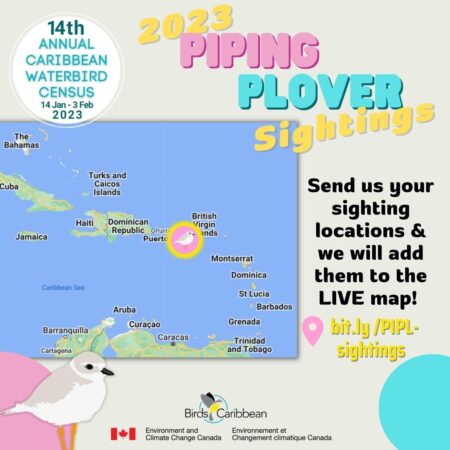
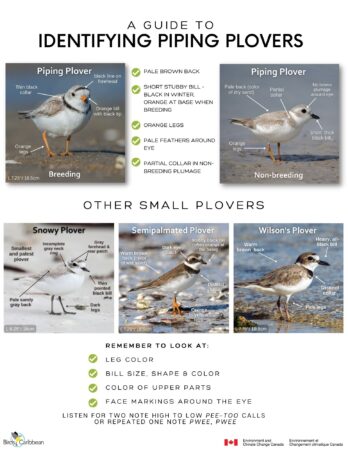
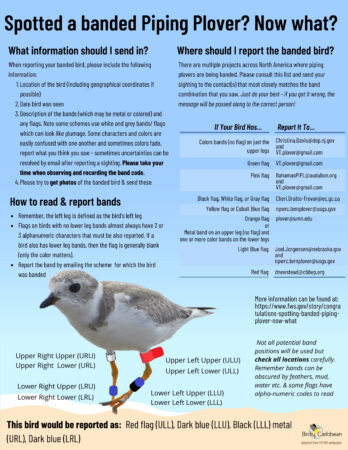
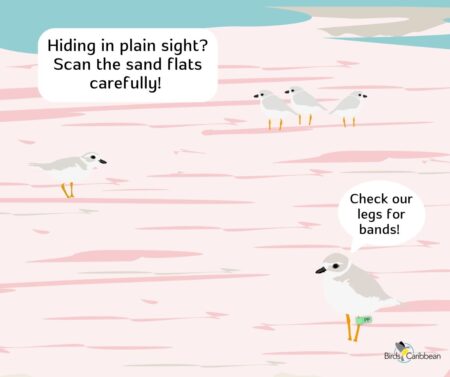
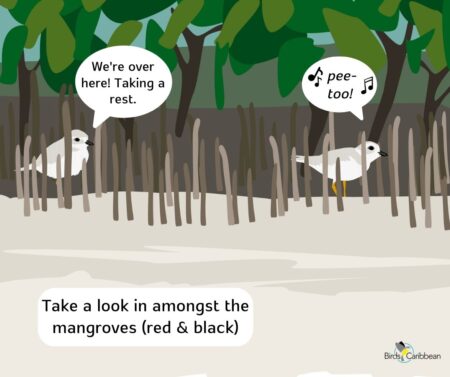
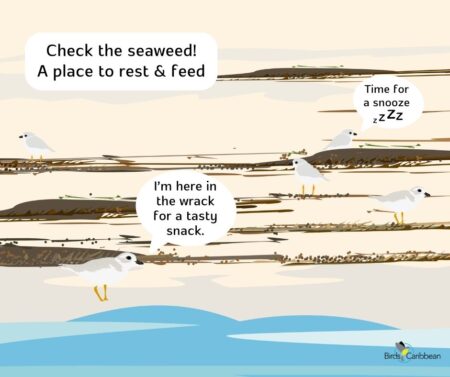
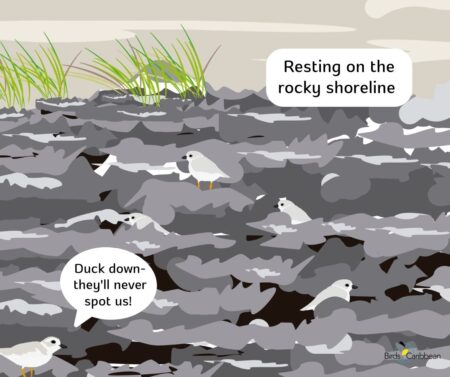
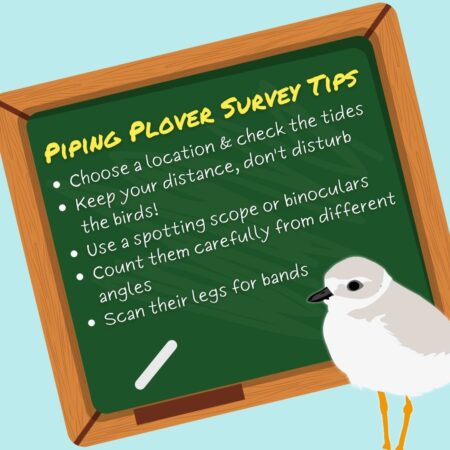
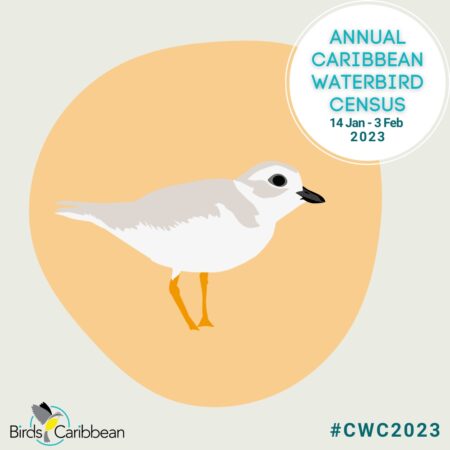
![PIPLFW[YA]andFL[8P]CINSnorthbeach-Patrick-Leary Banded Piping Plovers](https://i0.wp.com/www.birdscaribbean.org/wp-content/uploads/2023/01/PIPLFWYAandFL8PCINSnorthbeach-Patrick-Leary.jpg?w=400&h=287&ssl=1)







